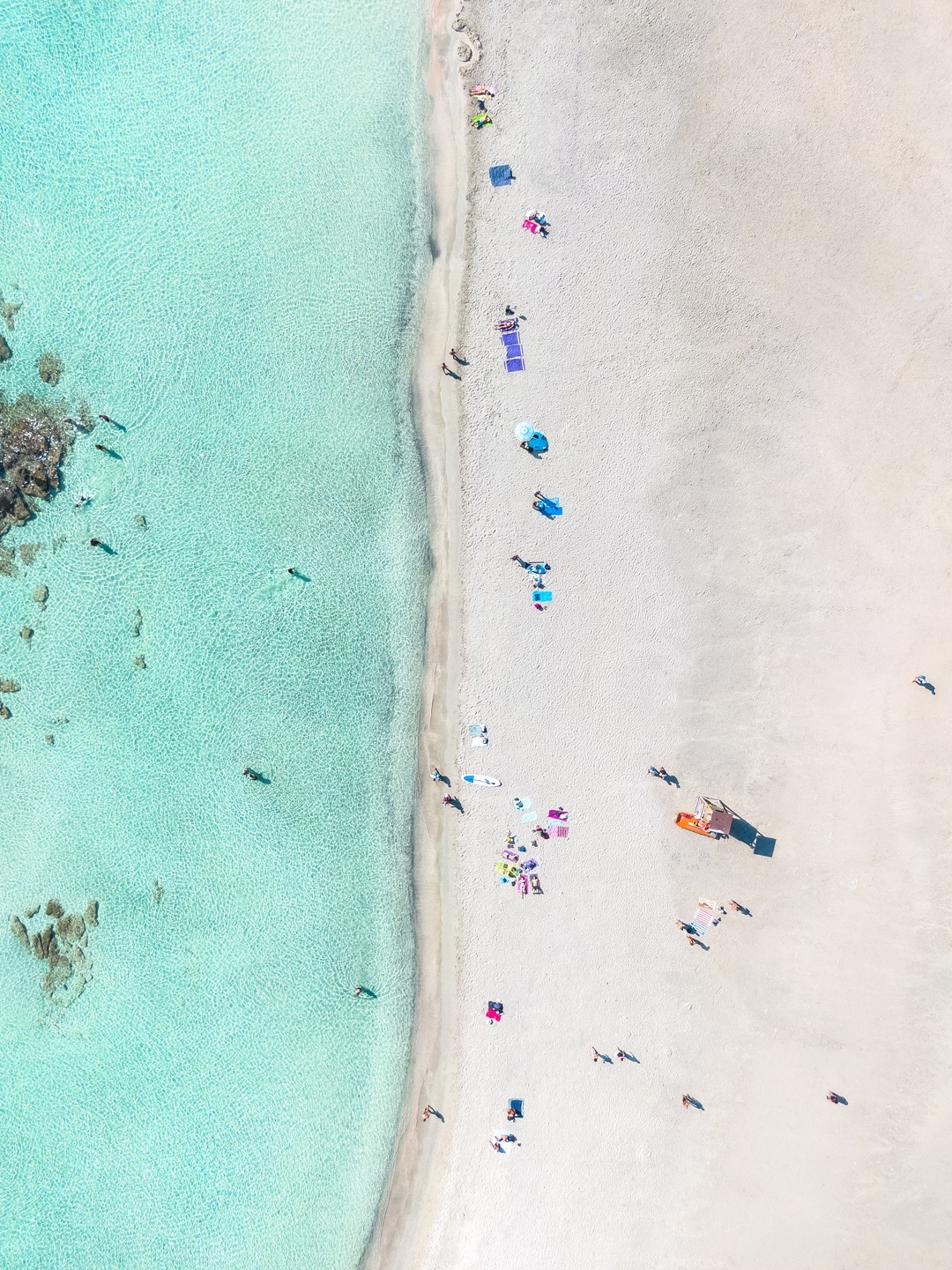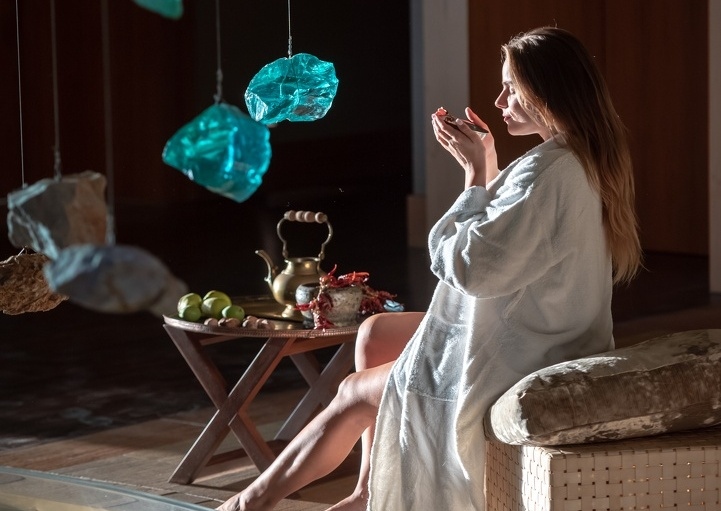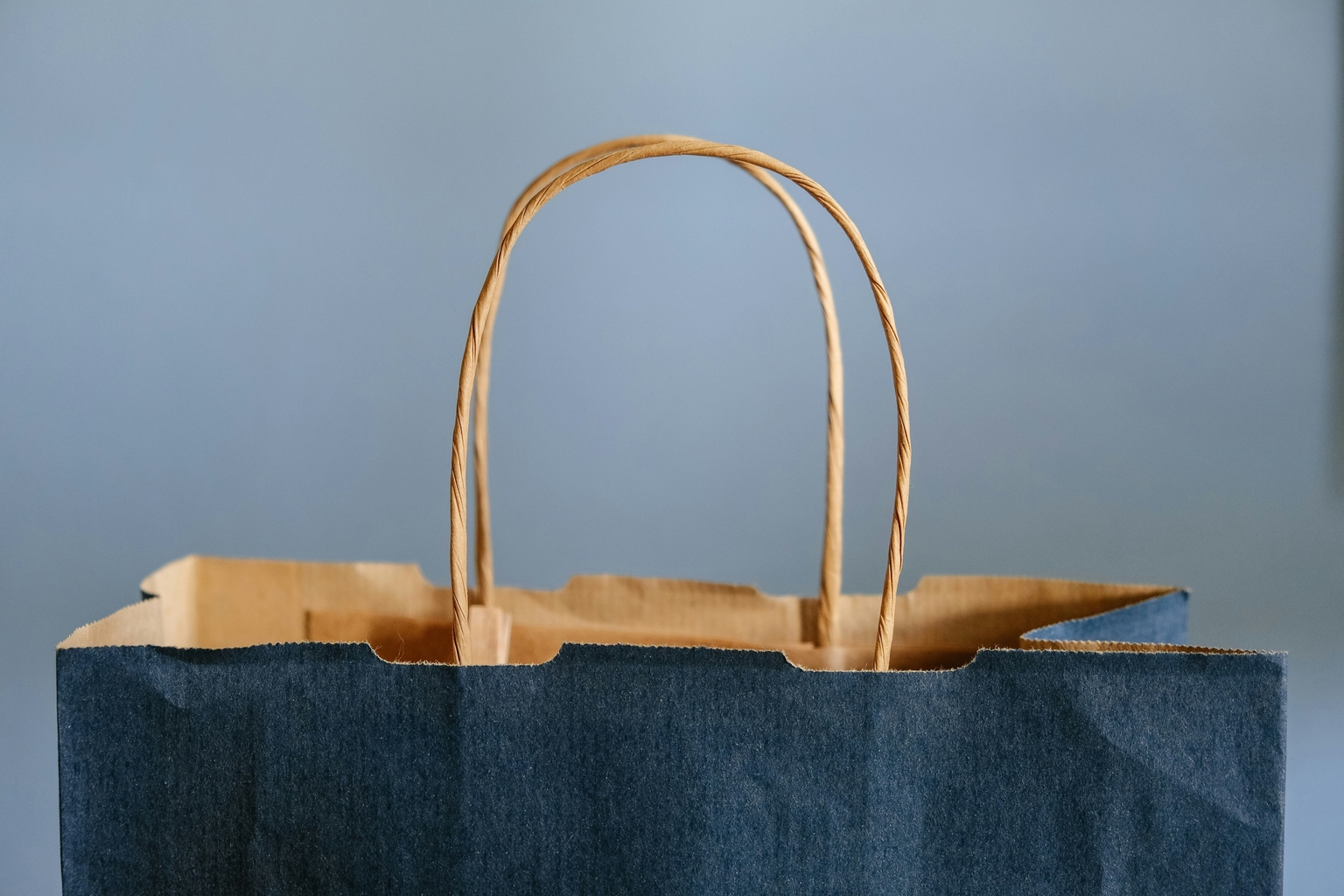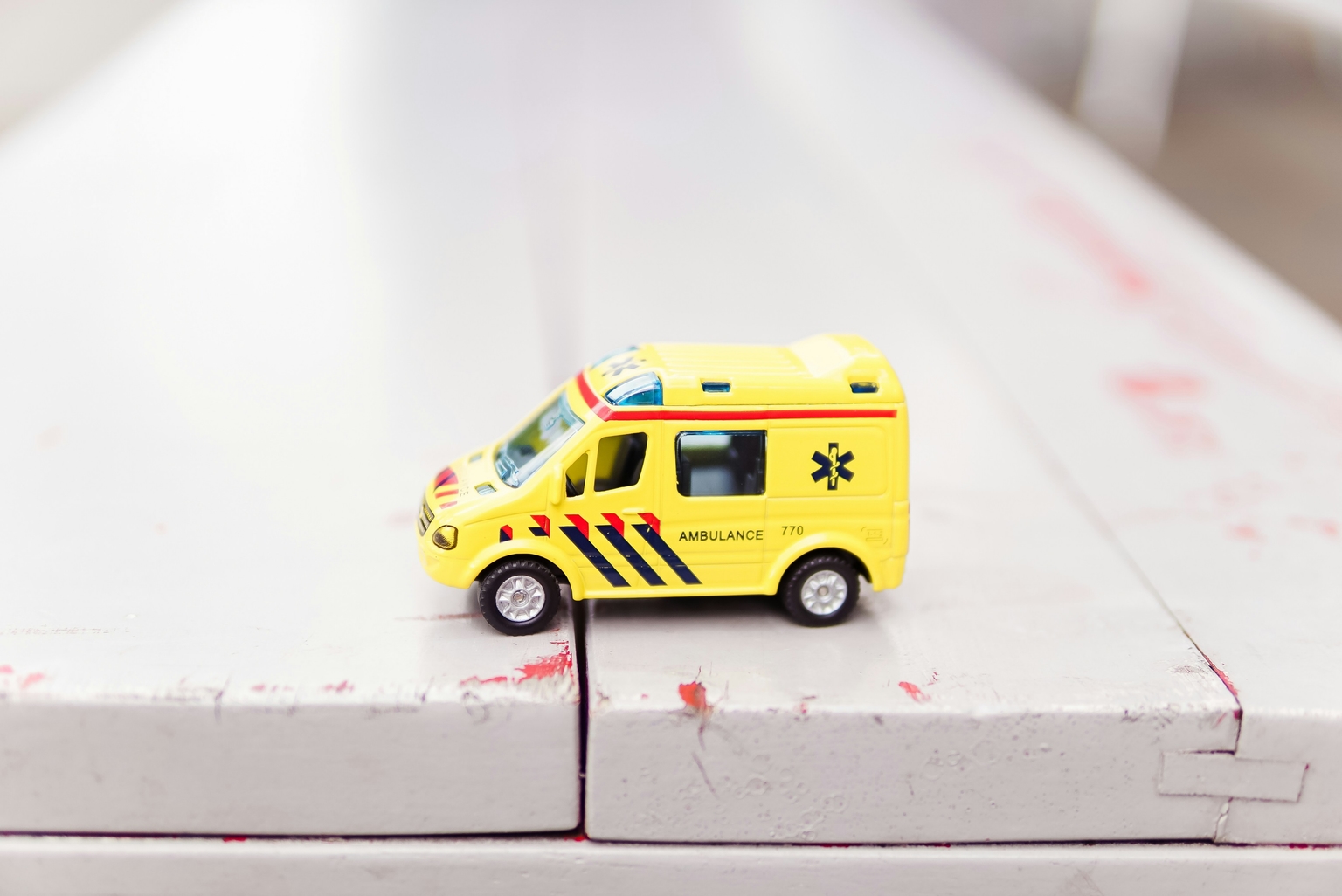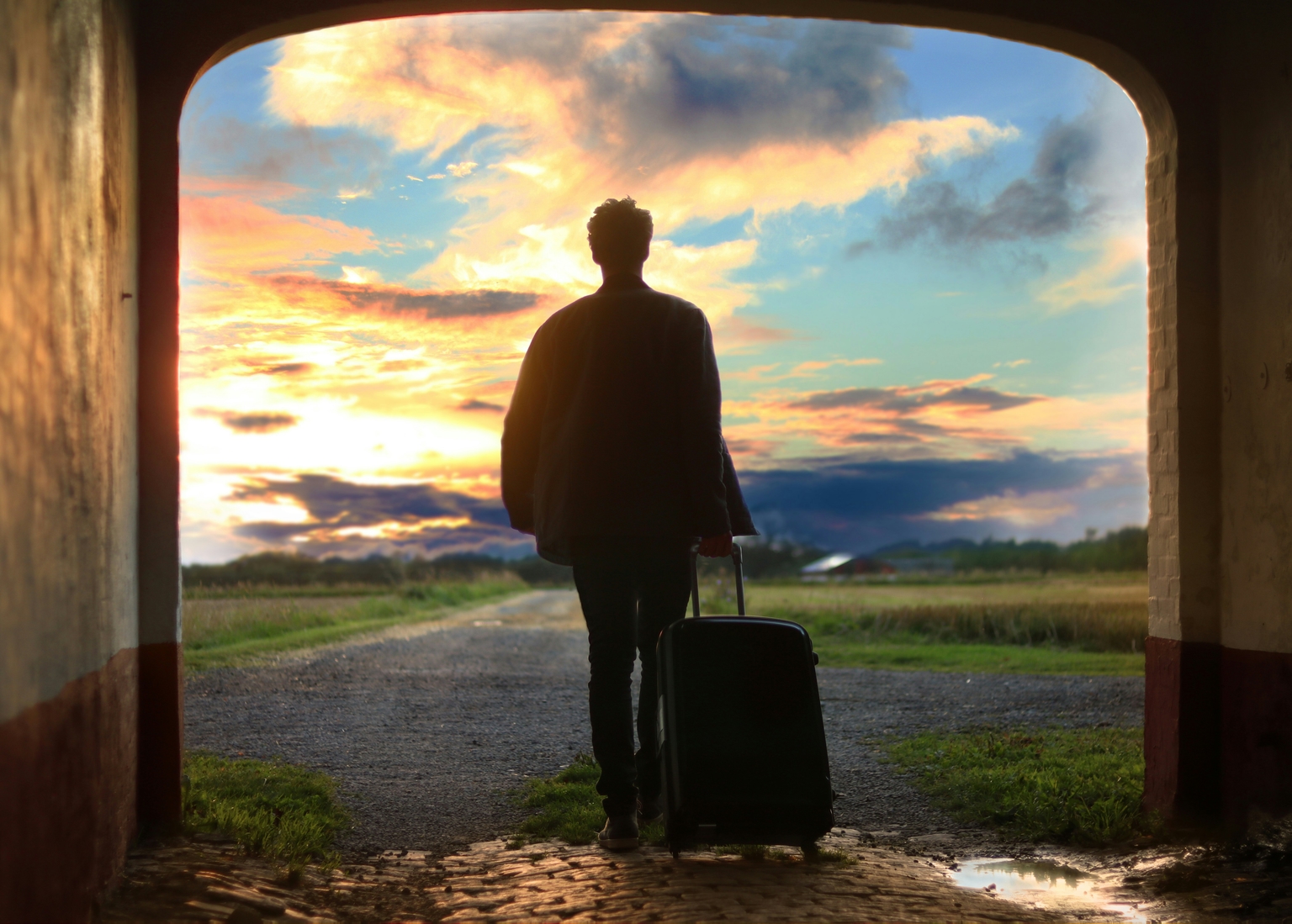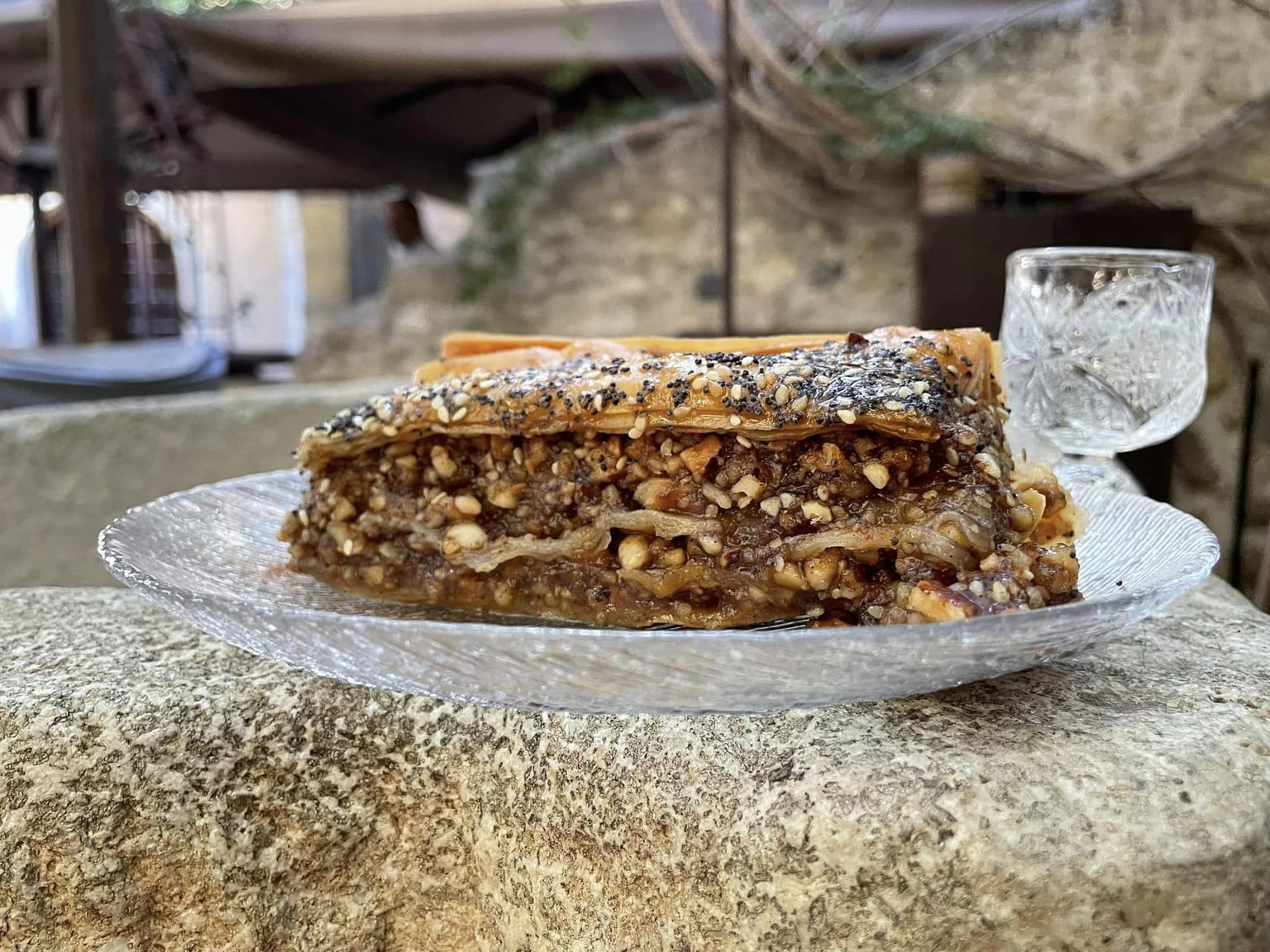
Gastrin is one of the rare Cretan sweets known since ancient times, dating back to the Minoan era.
Gastrin is a pastry made from layers of dough, sweetened with honey and molasses, and filled with a mixture of nuts, dried fruits, and poppy seeds.
Gastrin is one of the rare Cretan sweets known since ancient times, dating back to the Minoan era.
Ingredients for the dough:
- 500 grams wheat flour
- 1 teaspoon salt
- 4 tablespoons olive oil
- Juice from 1 lemon
- 1 glass of water
- 100 grams roasted and crushed sesame seeds
Ingredients for the filling:
- 300 grams roasted and crushed almonds
- 300 grams crushed walnuts
- 300 grams crushed hazelnuts
- 100 grams roasted and crushed sesame seeds
- 100 grams poppy seeds
- 200 grams finely chopped dried figs
- 1/2 teaspoon ground pepper
- 1/2 glass of honey
Ingredients for the syrup:
- 1 glass of sugar
- 1/2 glass of water
- 1/2 glass molasses
- 1/2 glass of honey
- 2 tablespoons lemon juice
Procedure:
Step 1: Combine the flour, salt, olive oil, lemon juice, water, and sesame seeds in a large clay or metal basin. Knead the mixture until it forms a soft dough. Cover the dough with a clean cloth and allow it to rest for about an hour.
Step 2: Combine all the ingredients for the filling in another large clay or metal basin and knead them together with heated honey.
Step 3: Divide the dough into three equal parts. Roll out each portion into a thin sheet to create three phyllo sheets. Line a medium greased baking pan with one phyllo sheet, then spread half of the filling on top. Next, layer the second phyllo sheet and spread the remaining filling. Finally, cover with the third phyllo sheet and lightly drizzle with water. Sprinkle sesame seeds and poppy seeds on top, score the pastry into lozenges, and bake in a preheated oven at medium heat for about 30 minutes.
Step 4: While the pie cools, prepare the syrup.
Boil all the ingredients for the syrup in a saucepan for about 10 minutes.
Once the syrup is hot, pour it over the pie. Allow the syrup to soak in, and your Cretan gastrin is ready to be enjoyed.
Lena Igoumenaki
President of the Cretan Cuisine Festival Association
Cretan Cuisine Festival
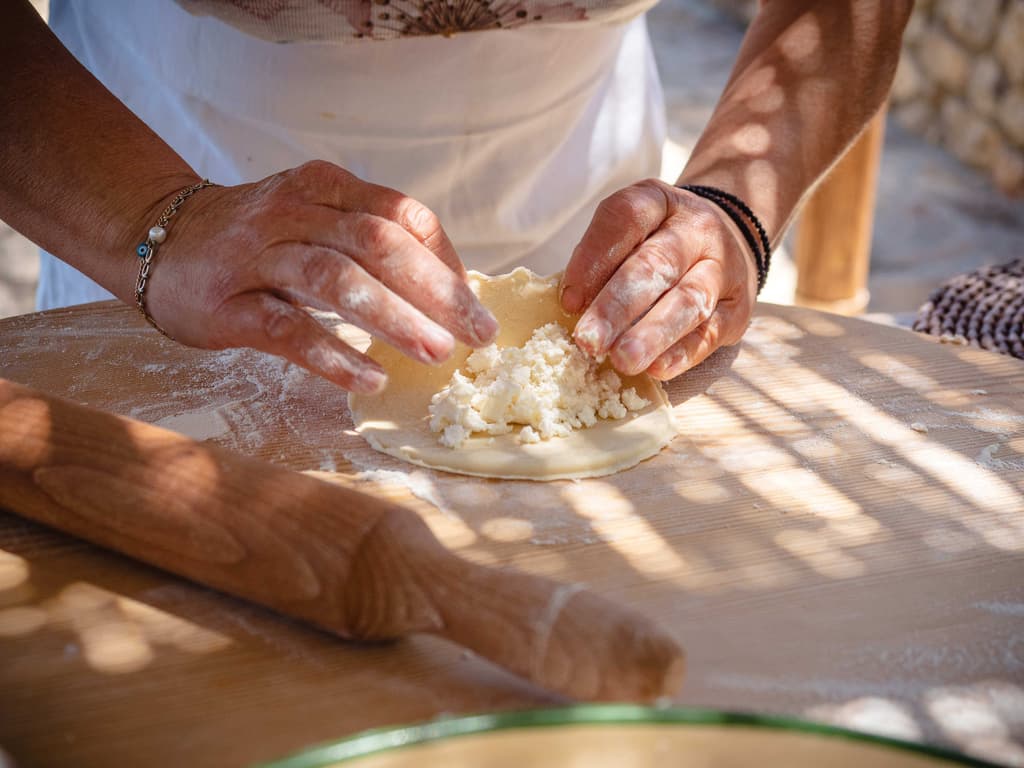
Mizithropites: Authentic Cretan Pies
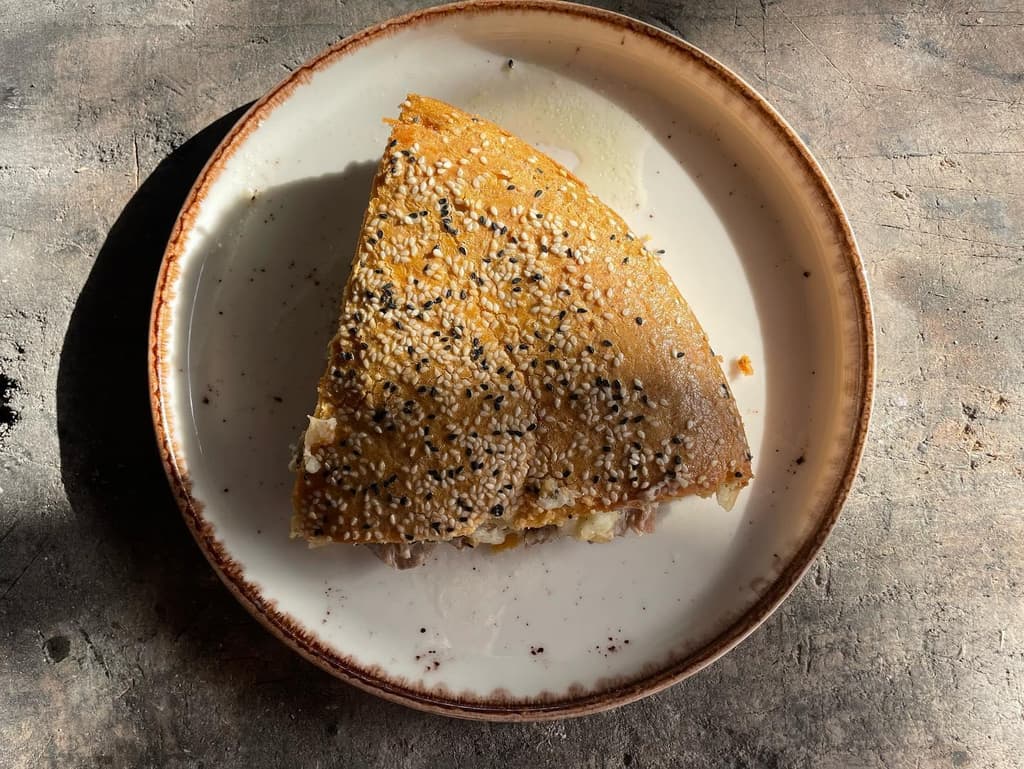
Meat cake
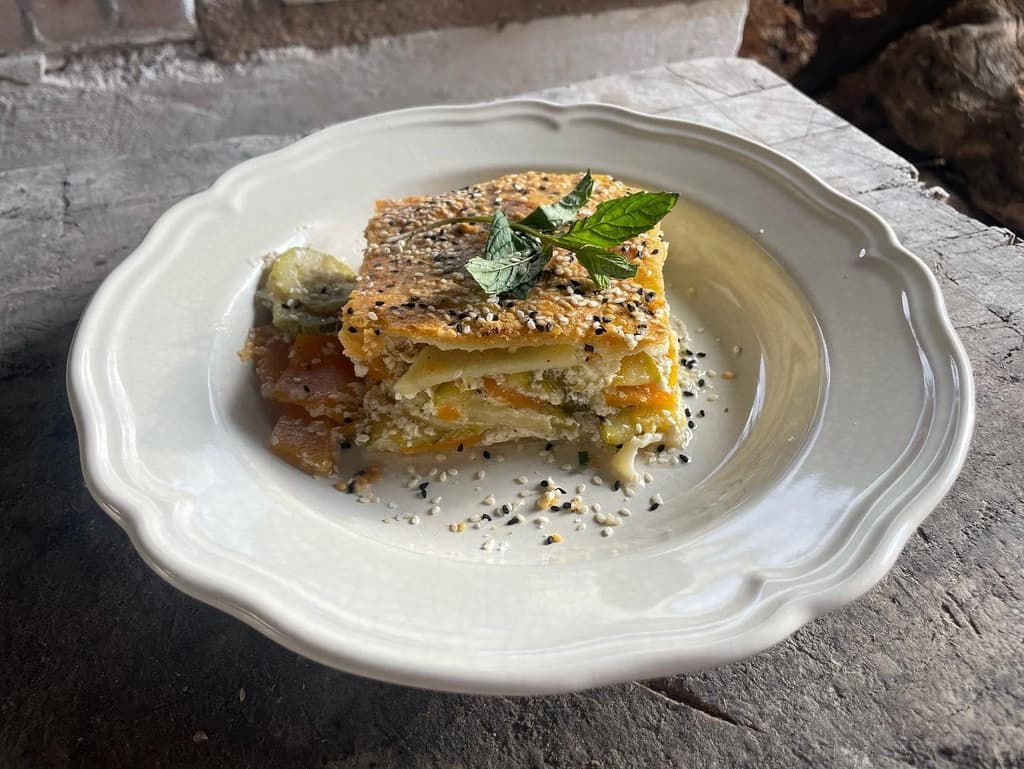
Chania Boureki or Courgette Boureki
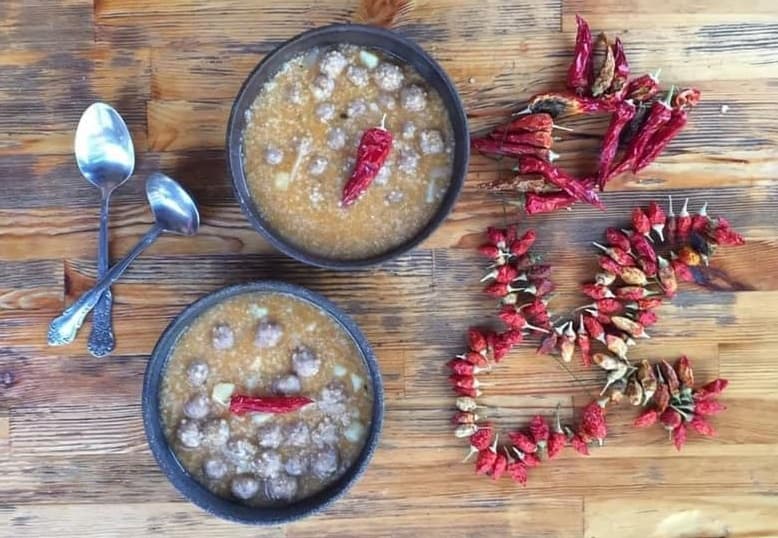
Topia (Balls)
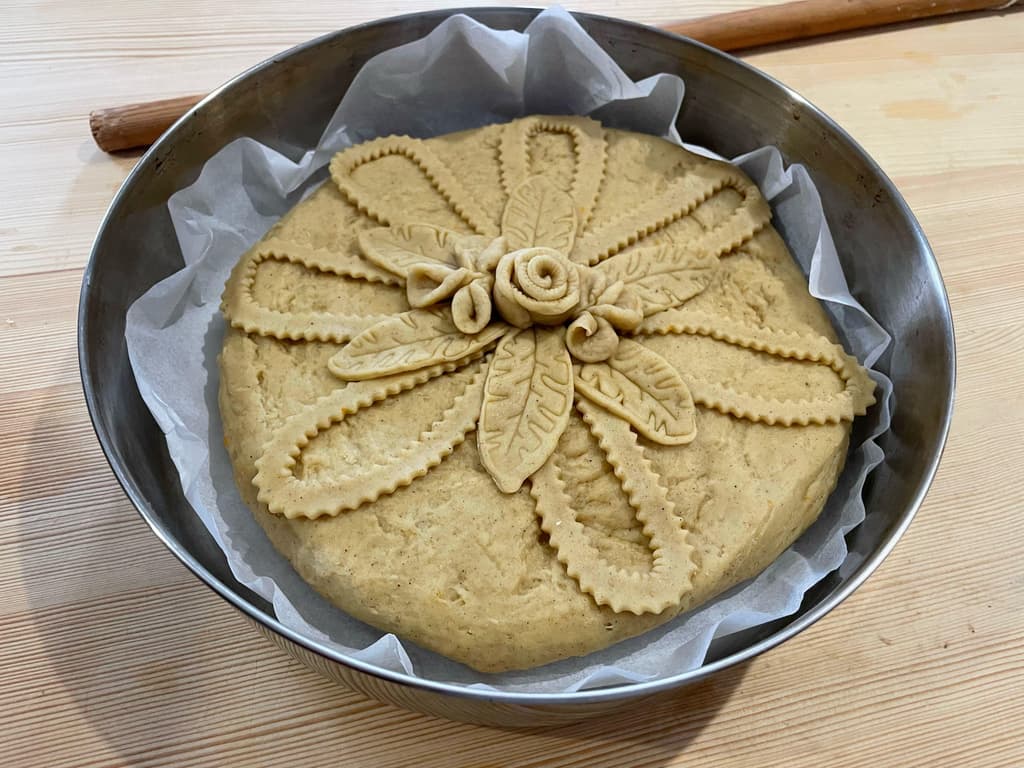
The Traditional 'Bread of the Year'
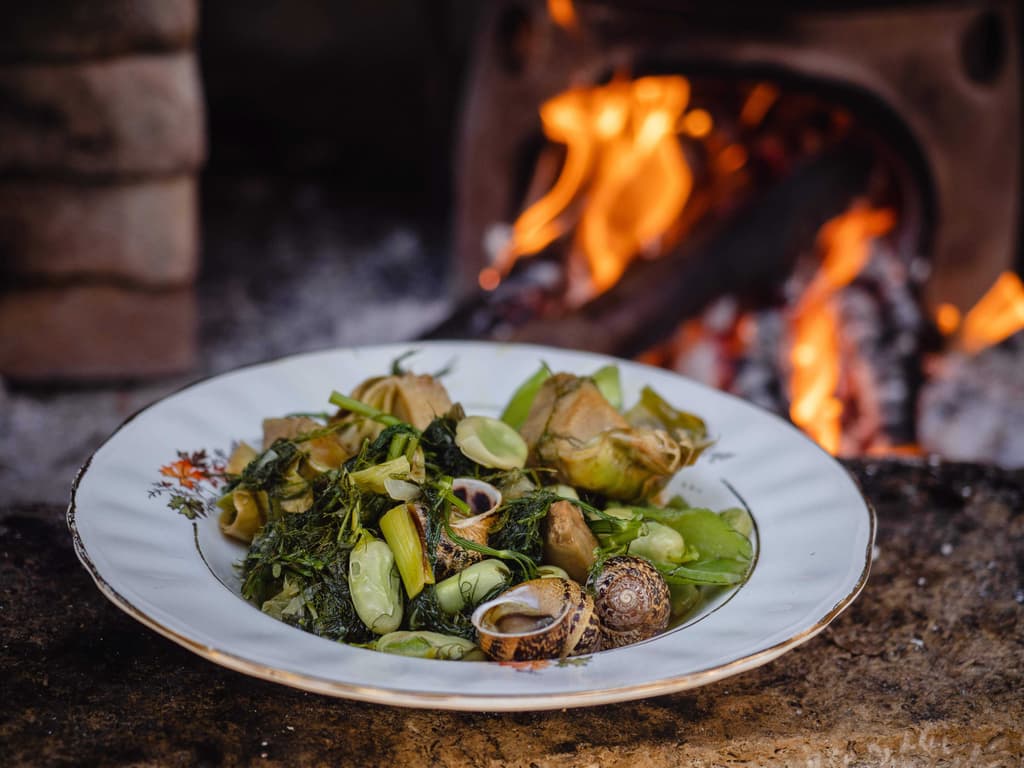
Snails with Broad Beans and Artichokes
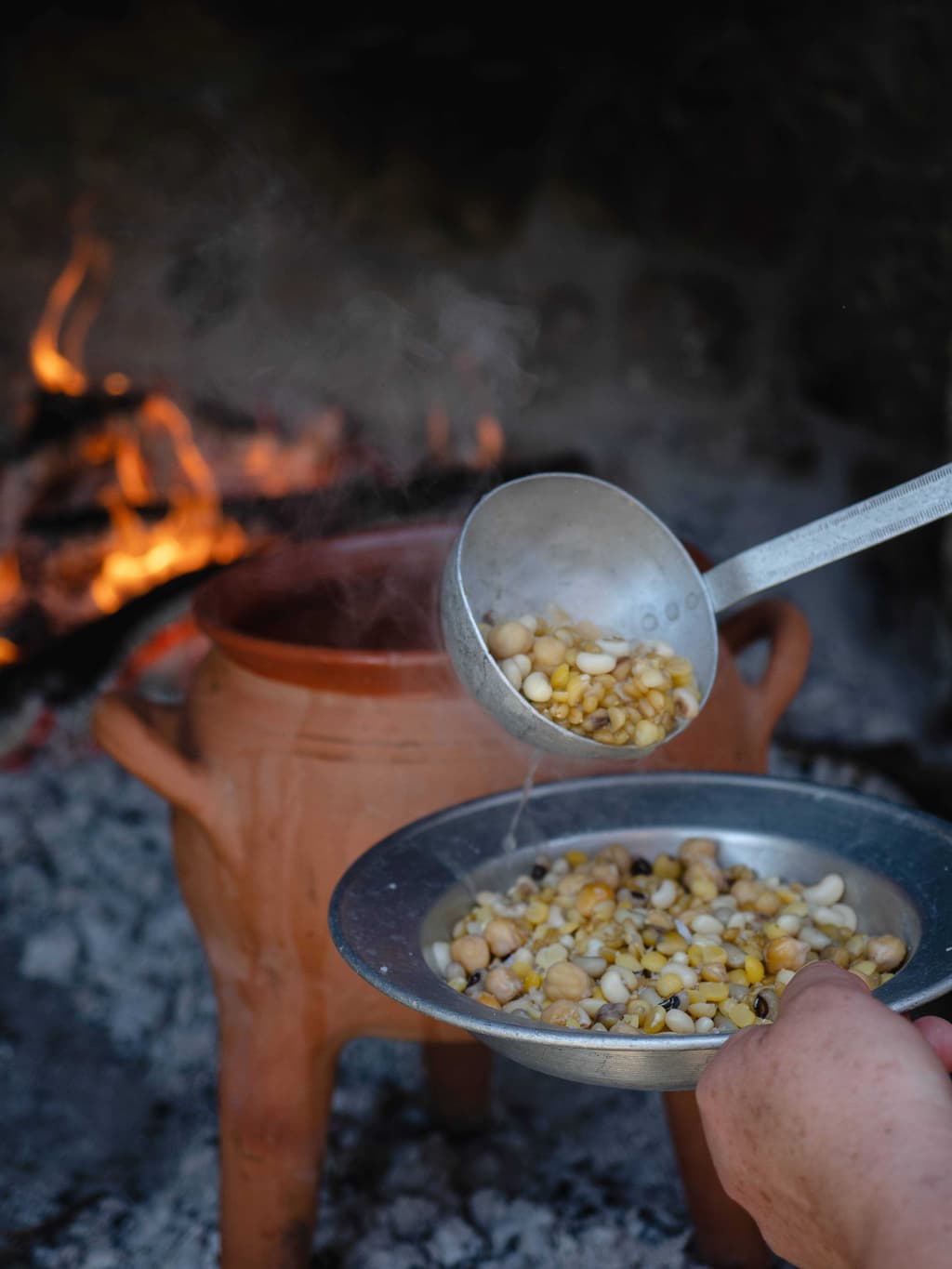
Cretan Ospriada or Palikaria (A Legume Dish)
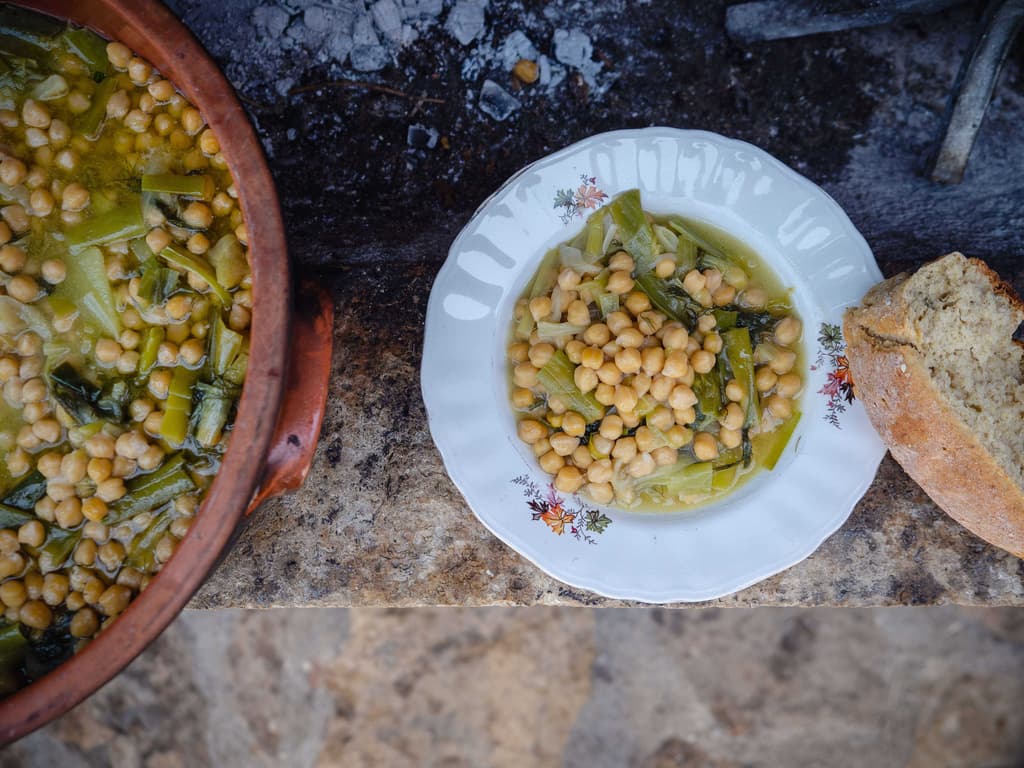
Chickpeas with Wild Leeks, Flour and Lemon Sauce
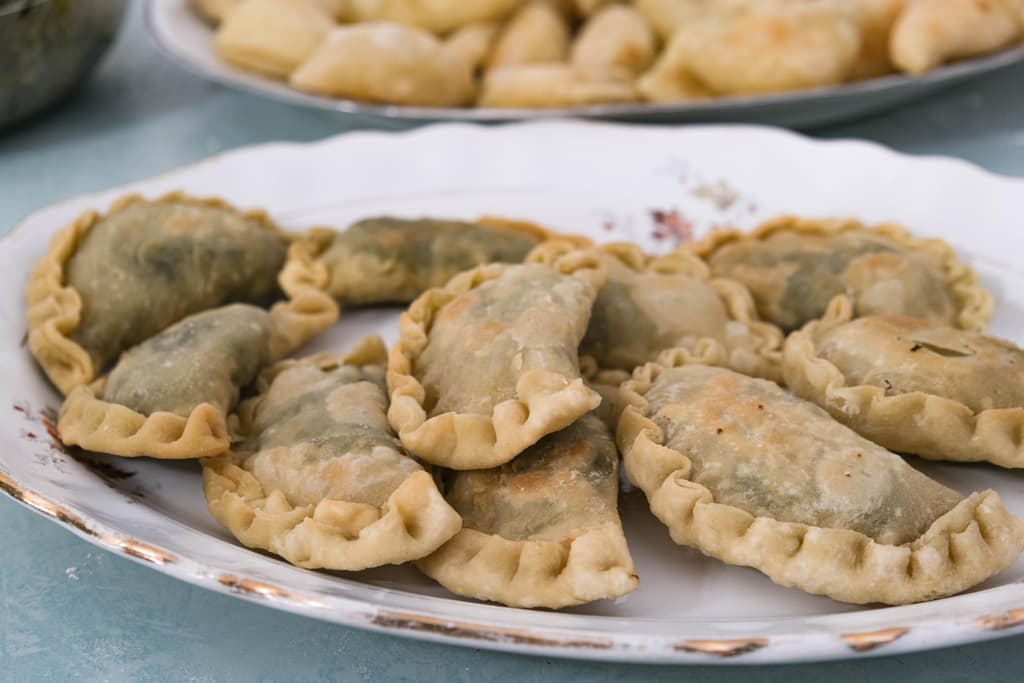
Pies with ‘Yachnera’ Greens
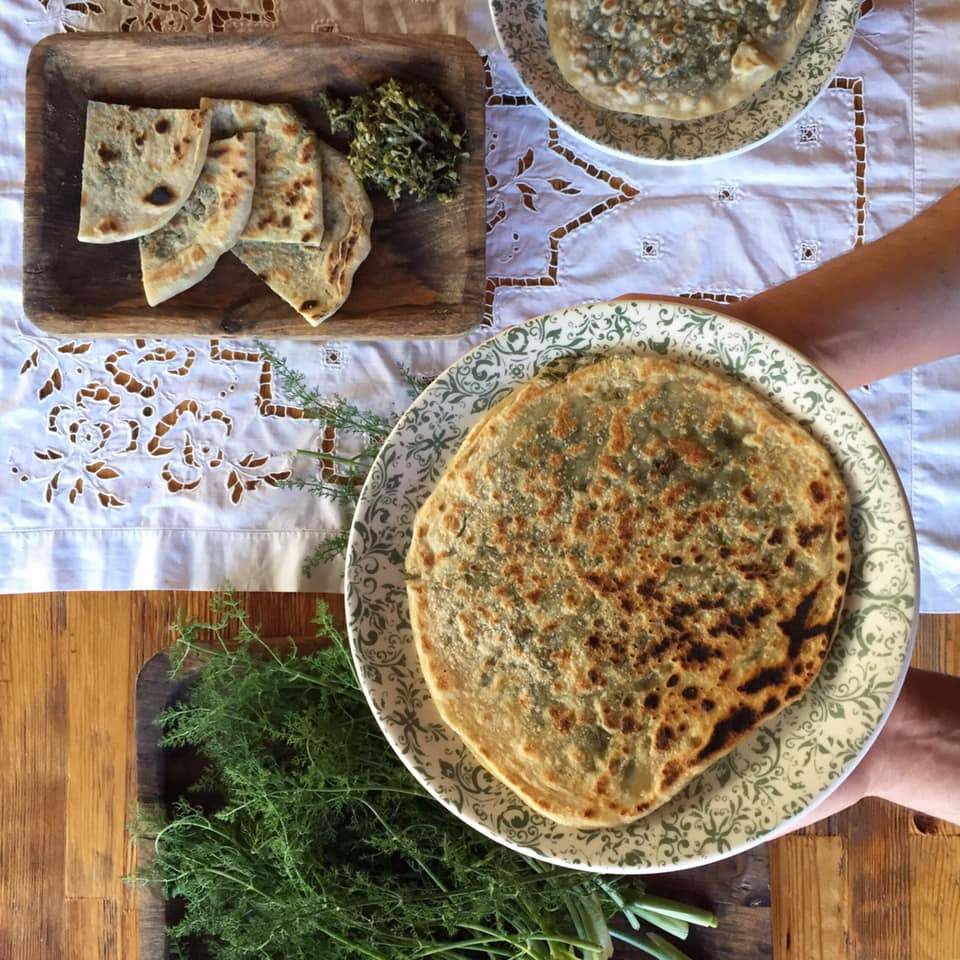
Fennel Pie

Sfakian Pie or Sfakianopita

Biscuits with Sesame Seeds

Sweet Rice Pie or 'Tzoulamas'
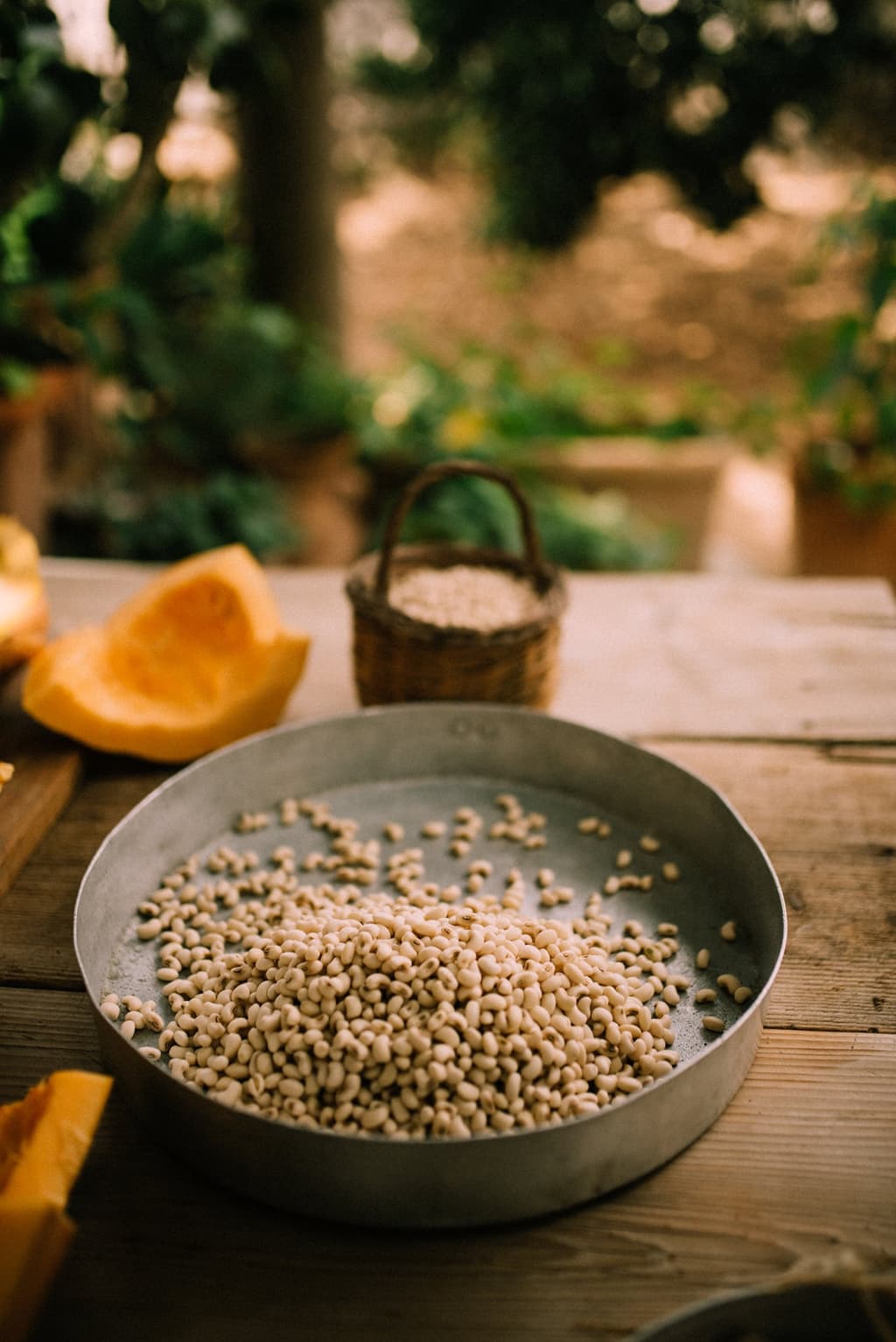
Apostoli White-Eyed Bean

Almond-Infused Goat Dish with Fennel: A Fresh Delight
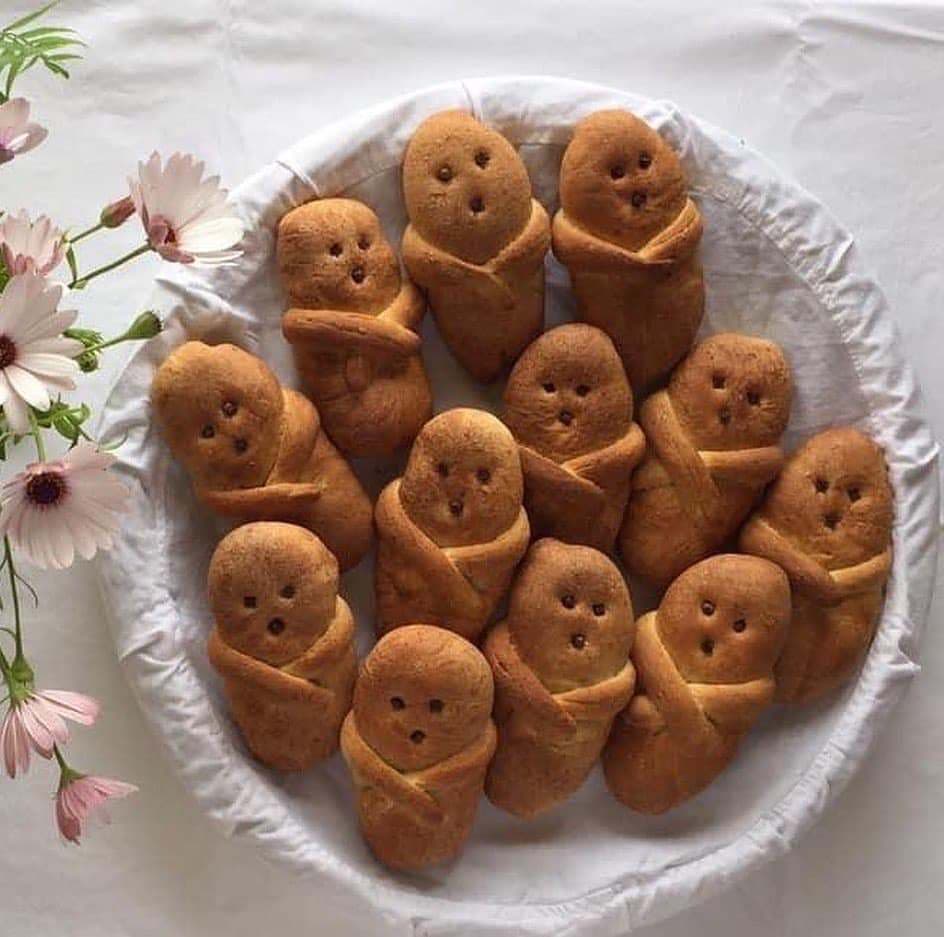
Lazarosavato
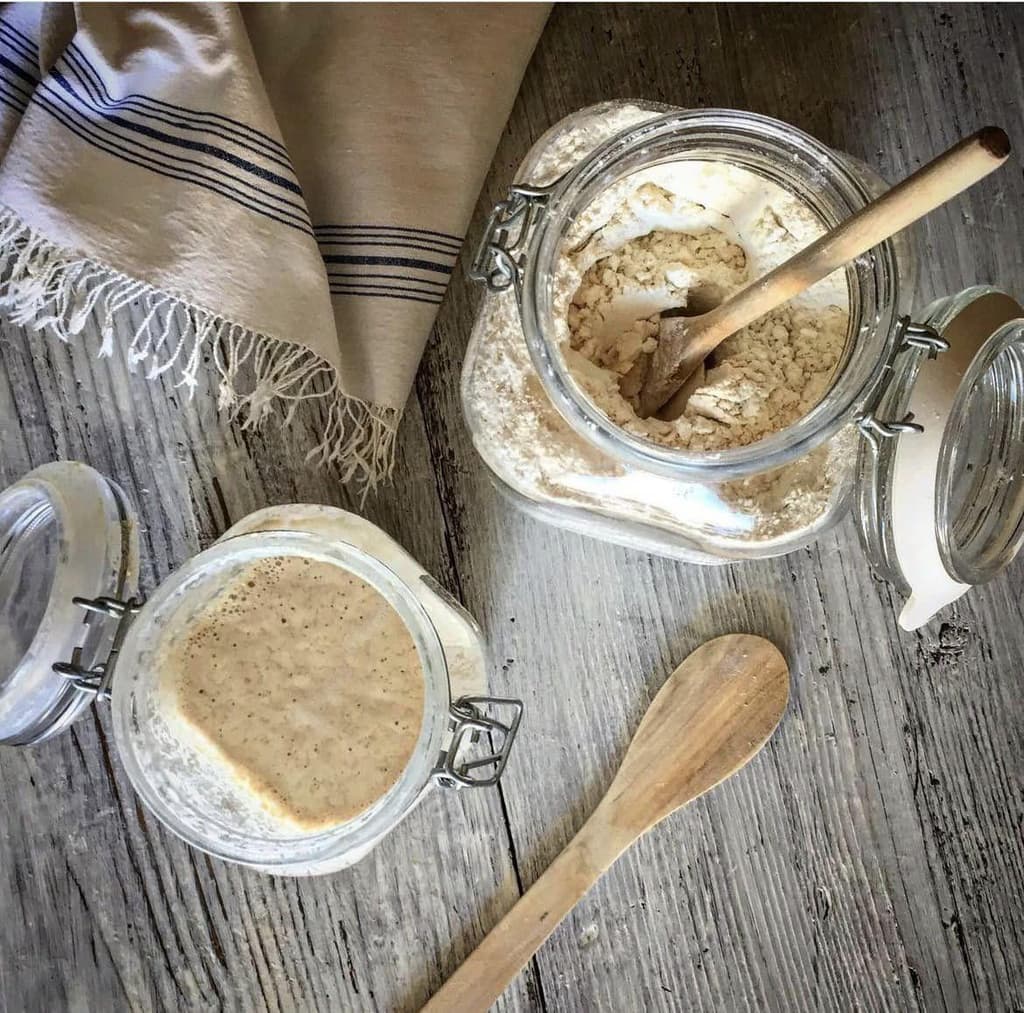
The Holy Week Sourdough
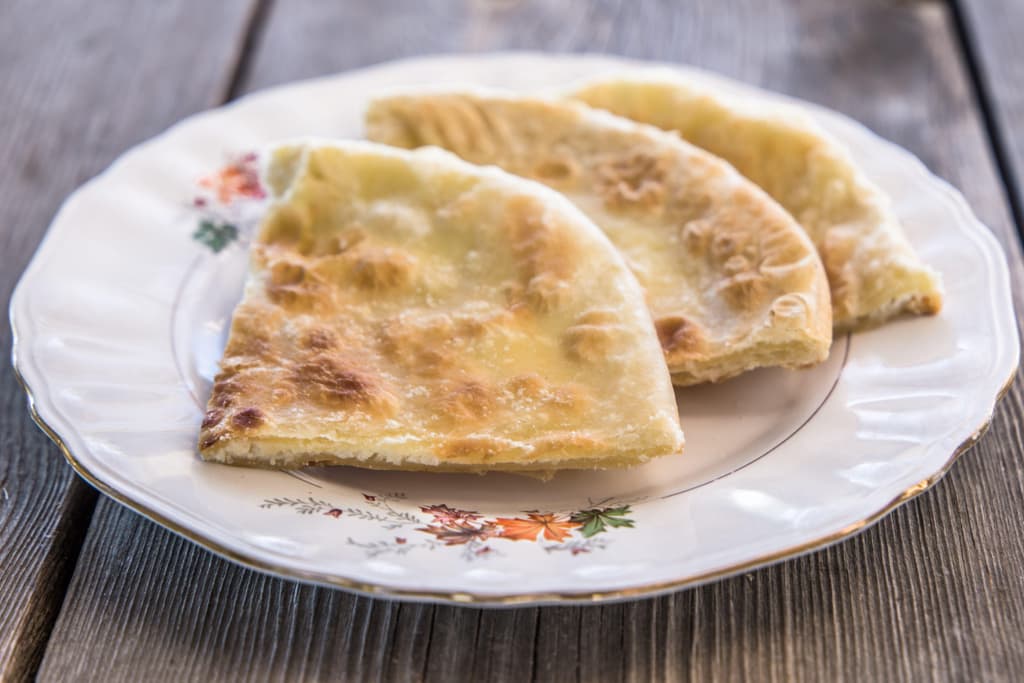
Nerati Mizithropita
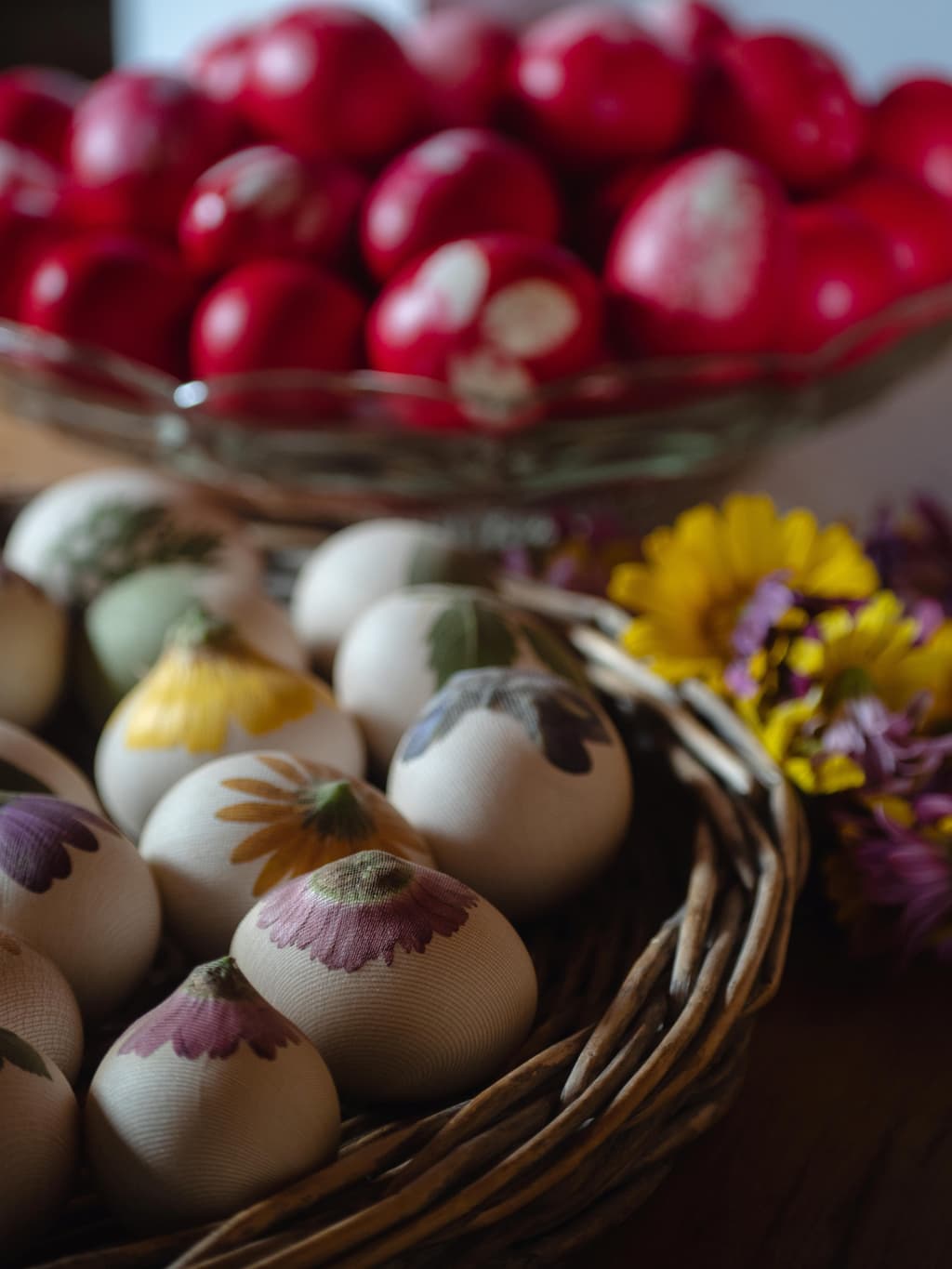
Easter Eggs
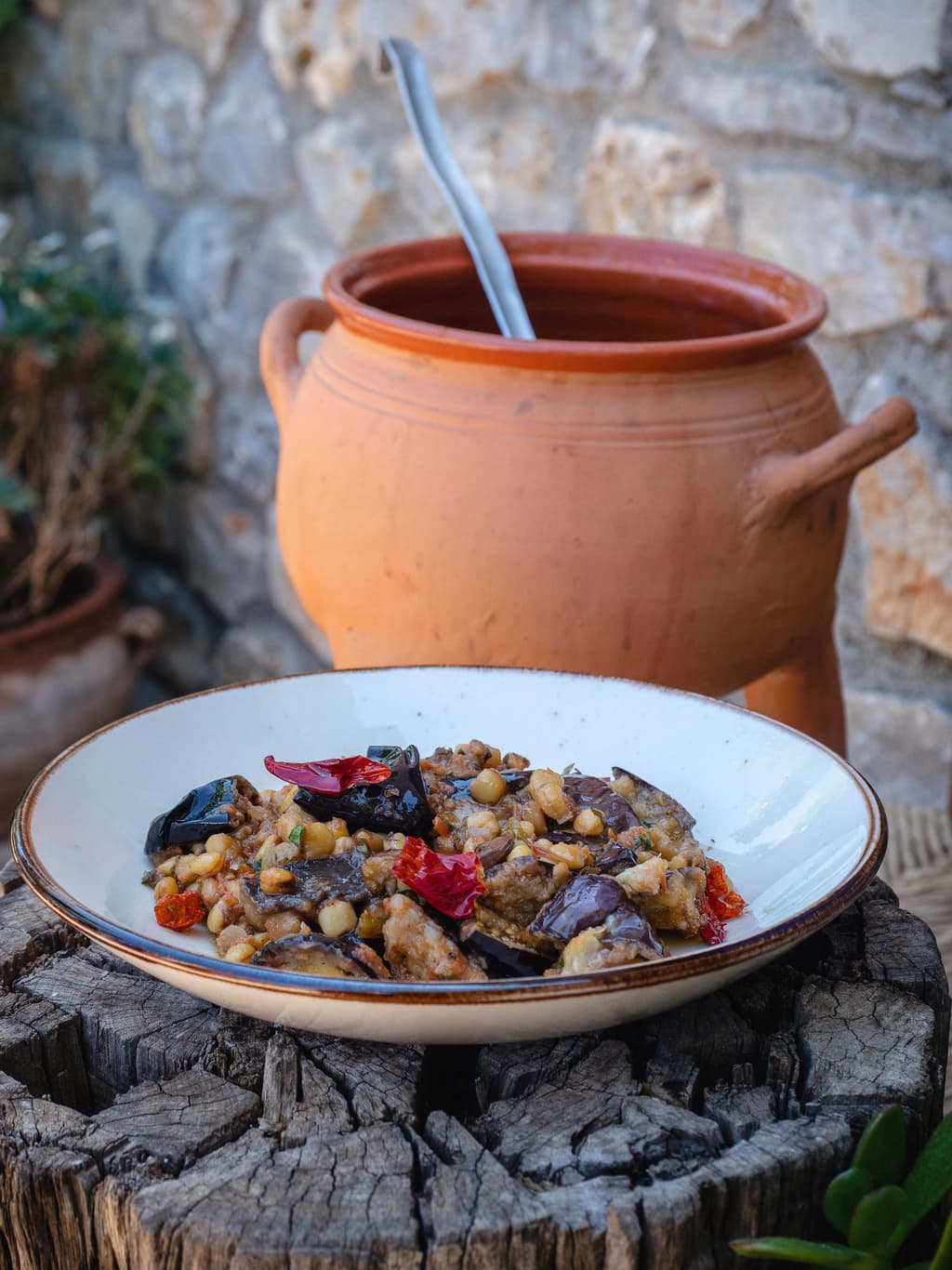
Kalikota
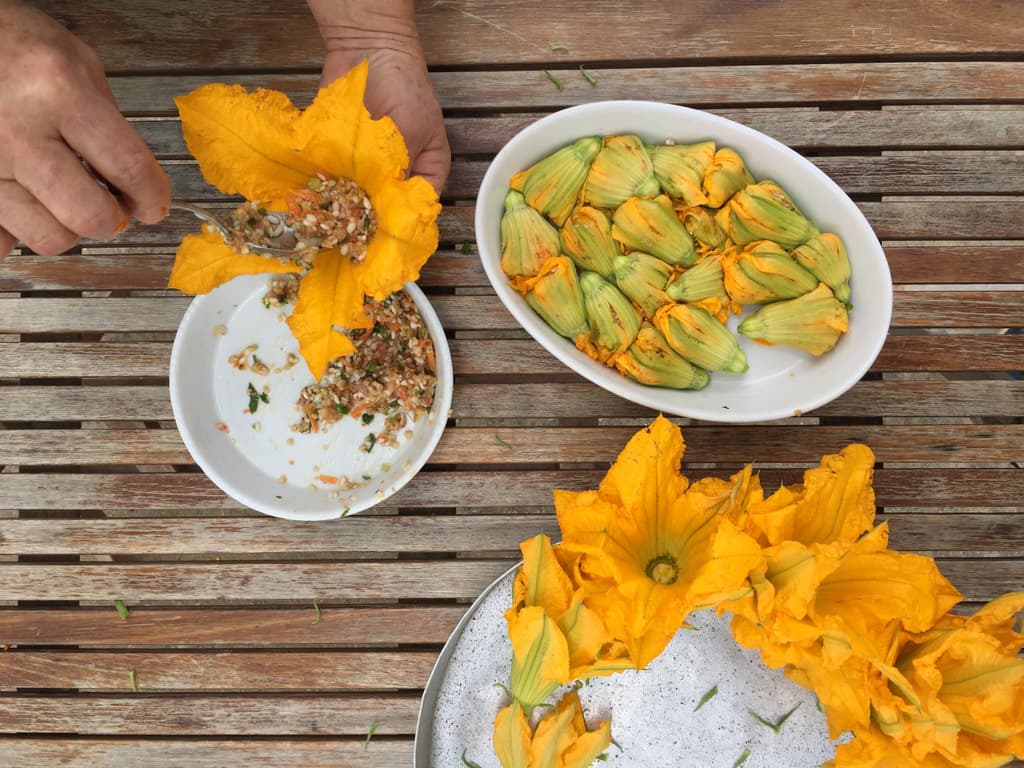
Stuffed Courgette Flowers
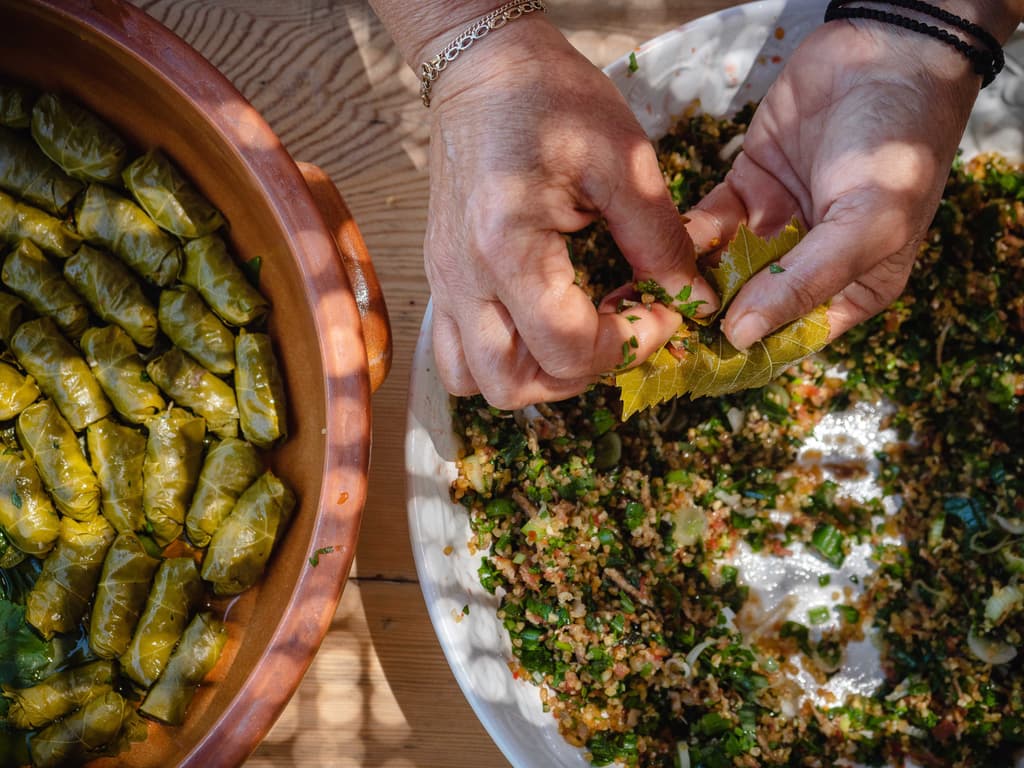
Stuffed Vine Leaves

Cracked Wheat and Snails
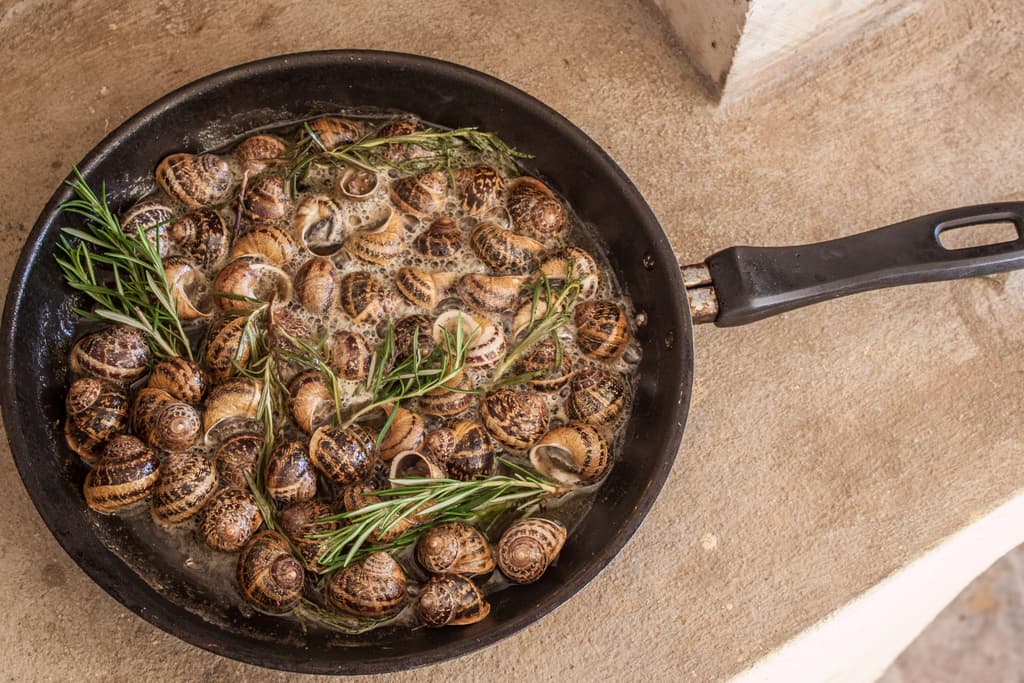
Chochli Boubouristi (Snails Face Down)
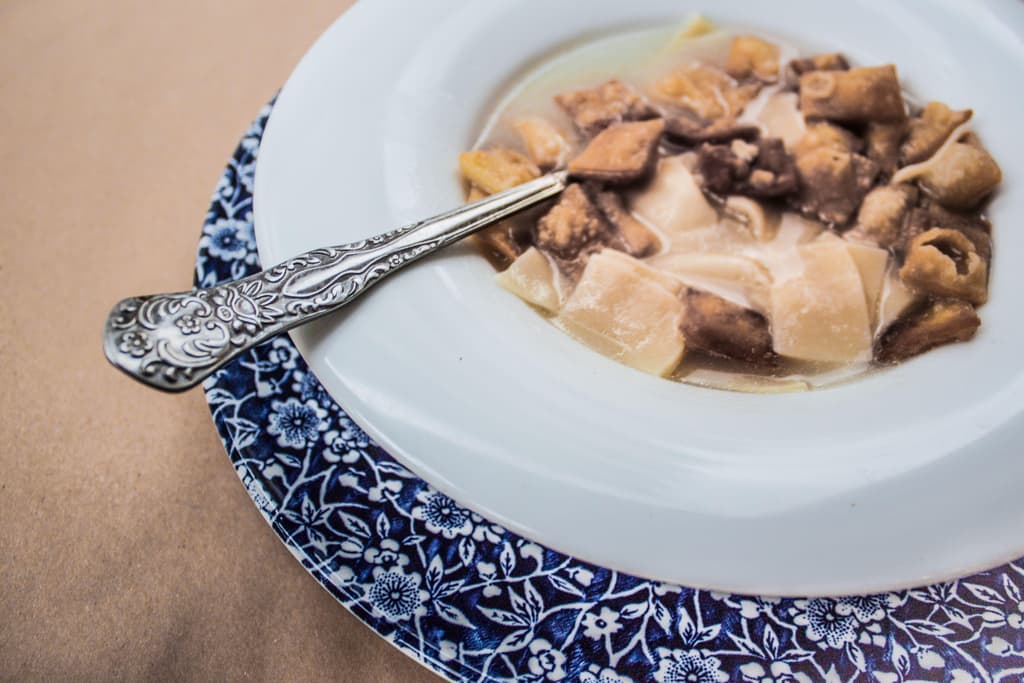
Mangiri
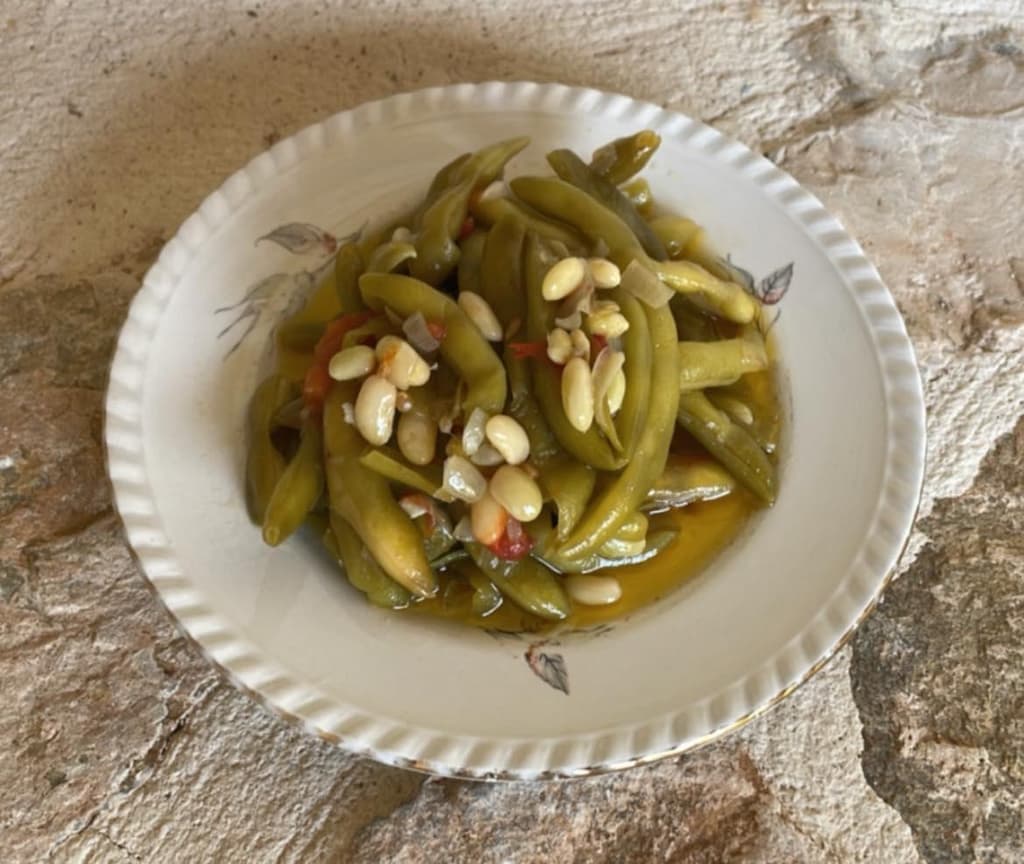
Symian Bean
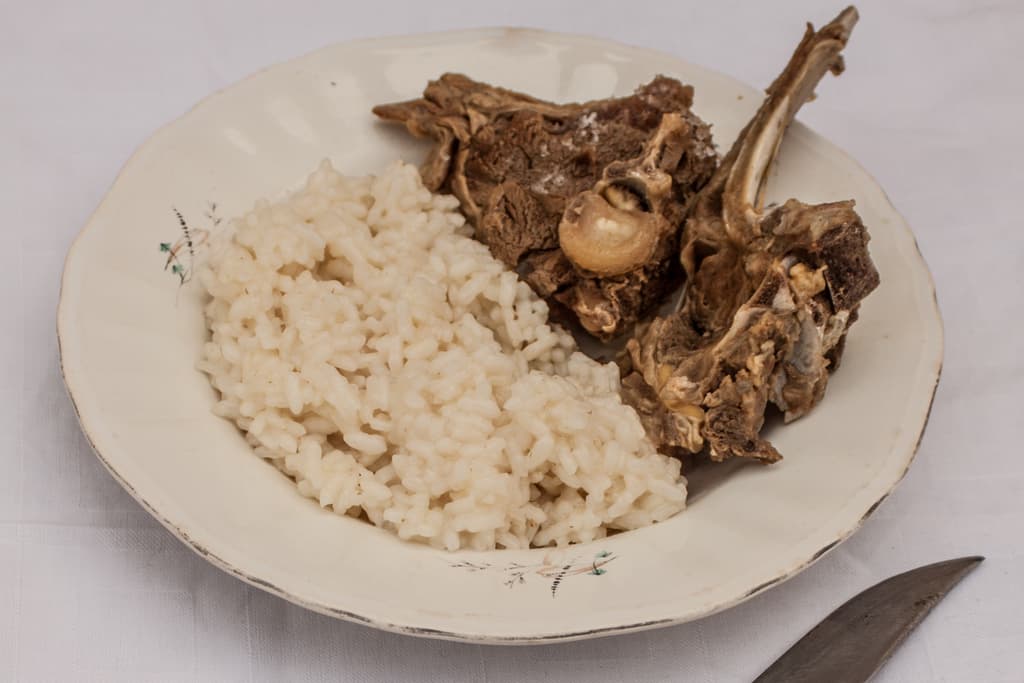
Cretan Pilaf
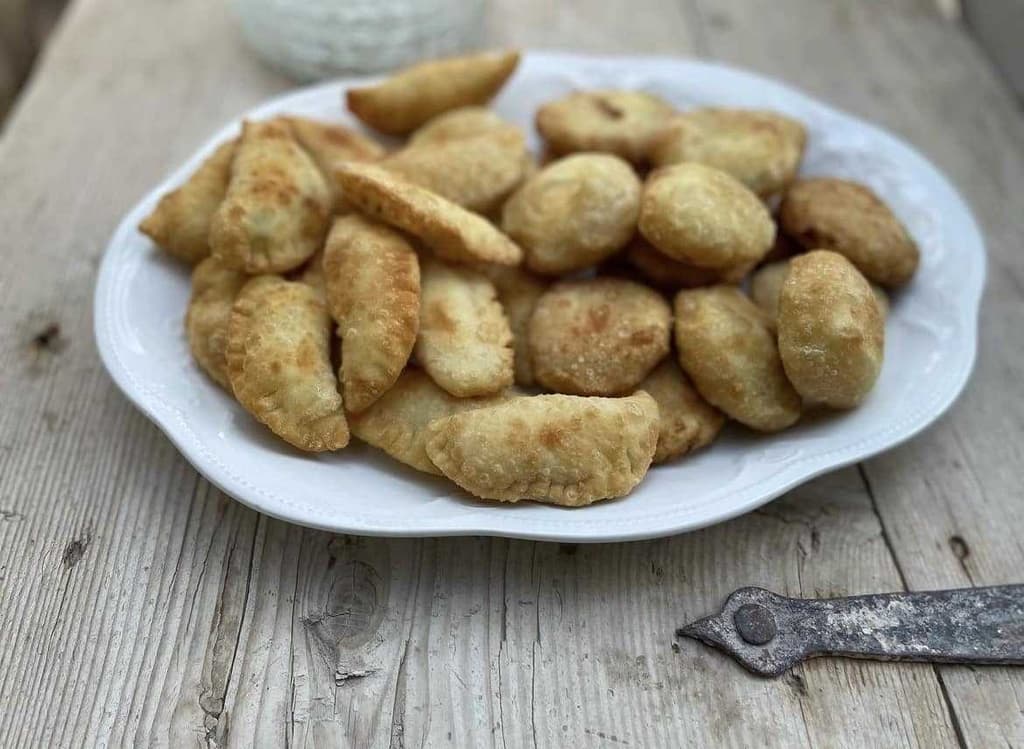
Rethymno Water Pies
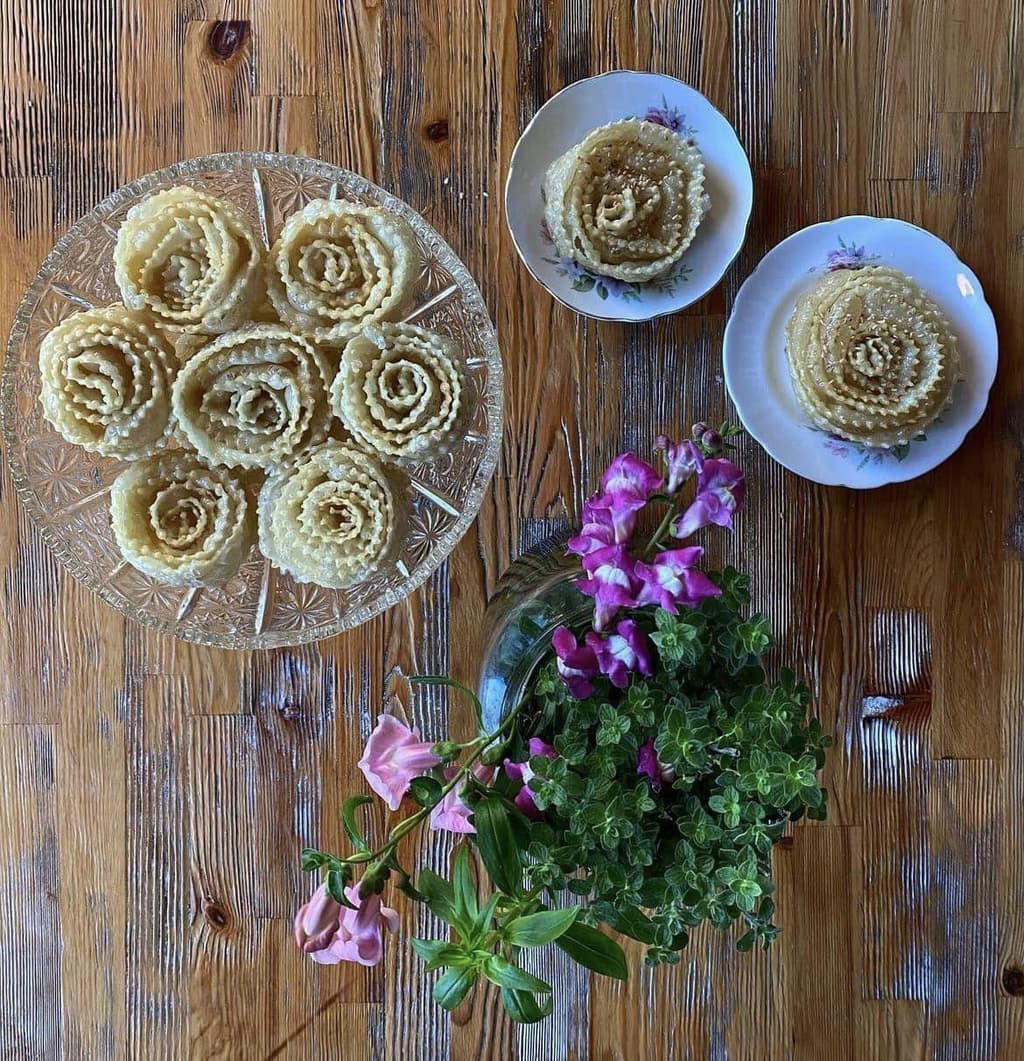
Xerotigana
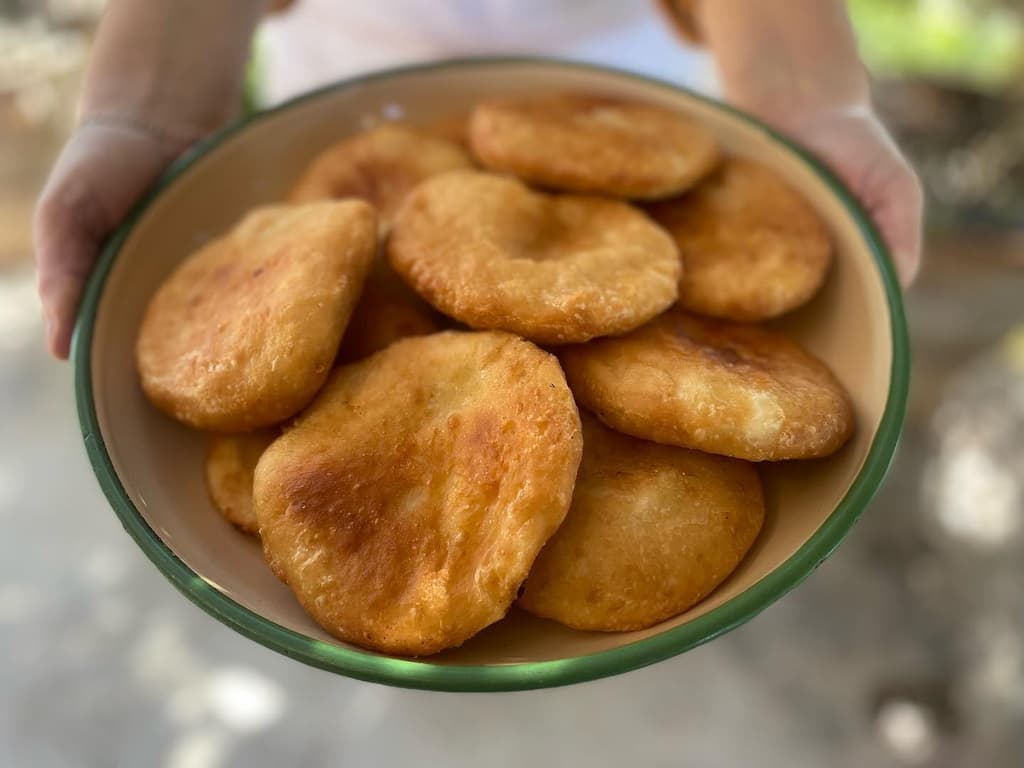
Agnopites
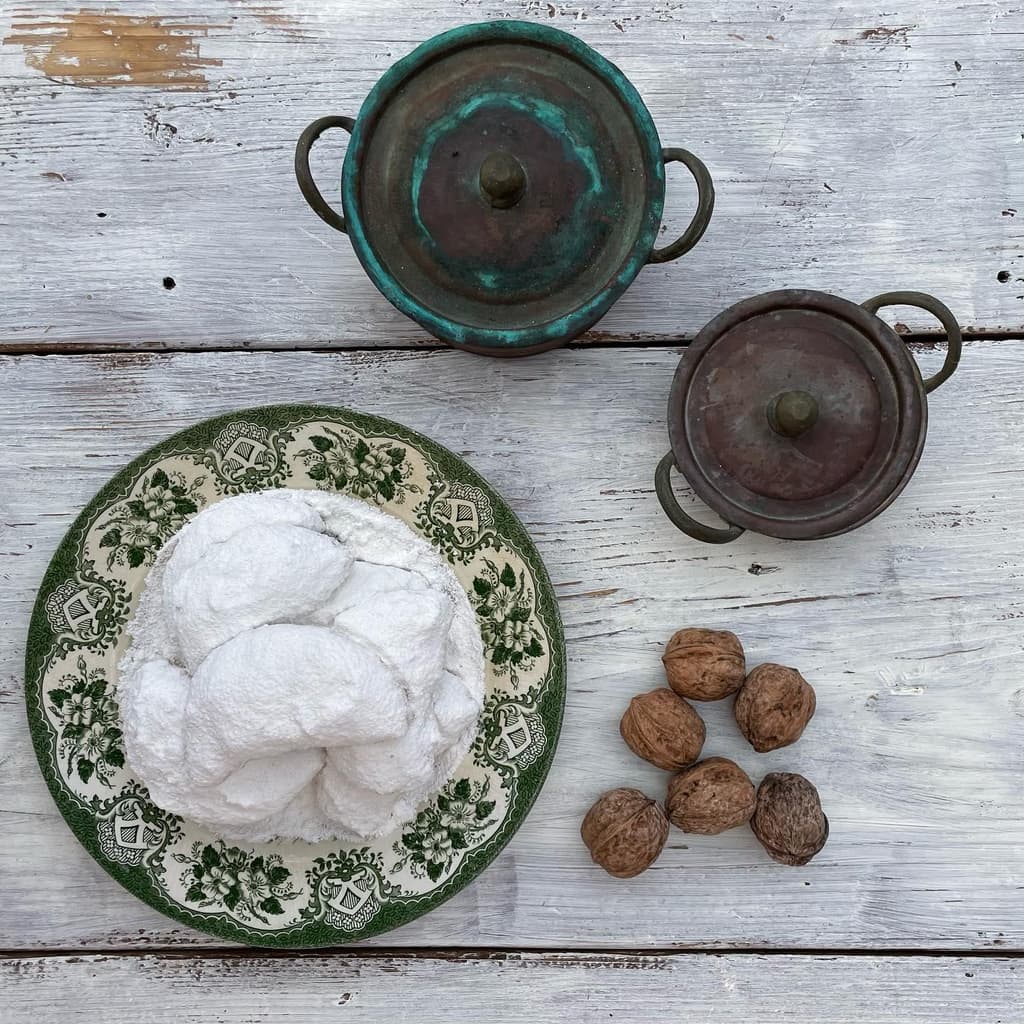
Patoudo
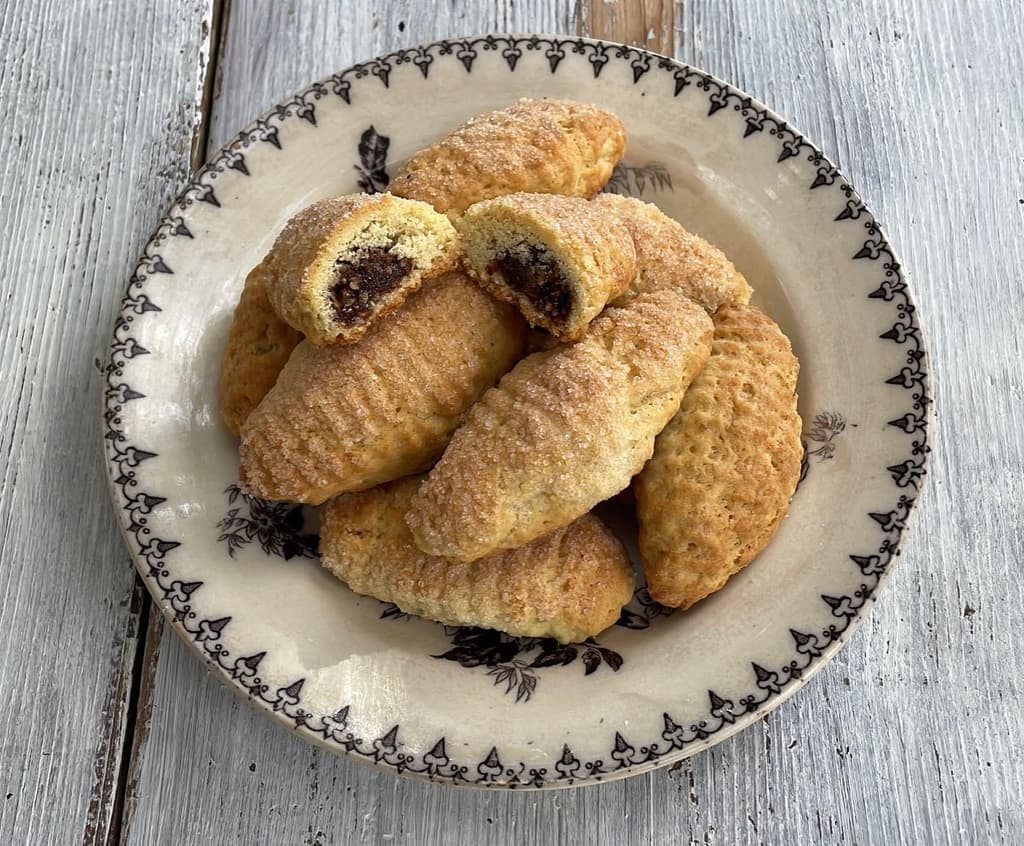
Safidota
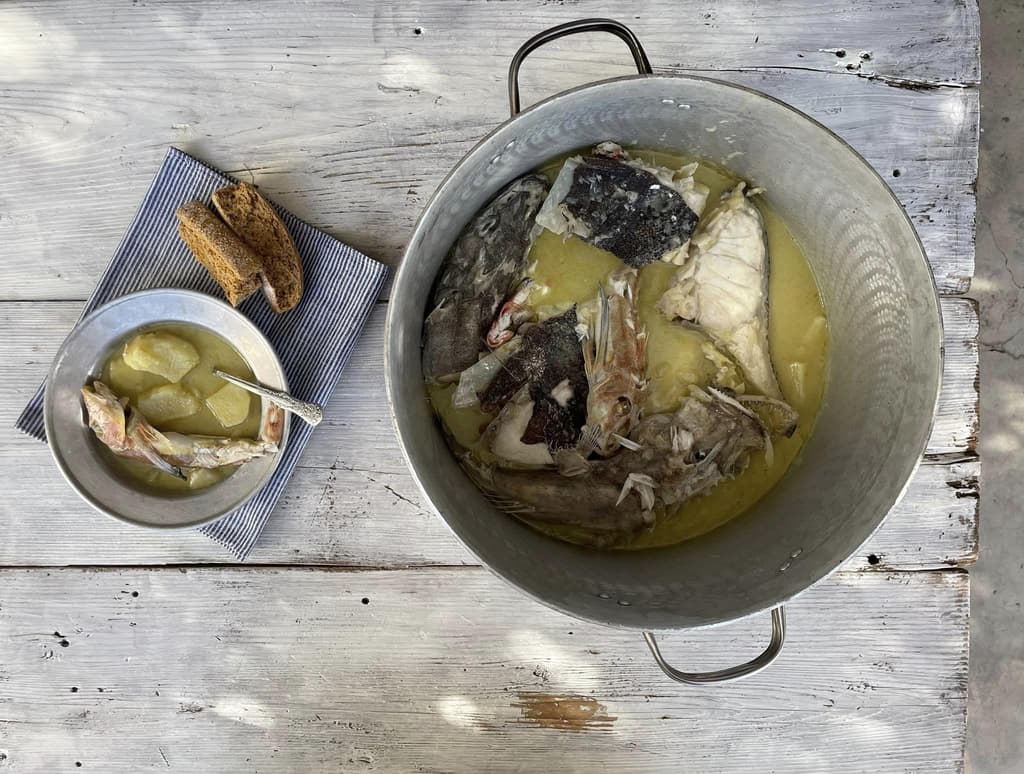
Kakavia (Fish Soup)
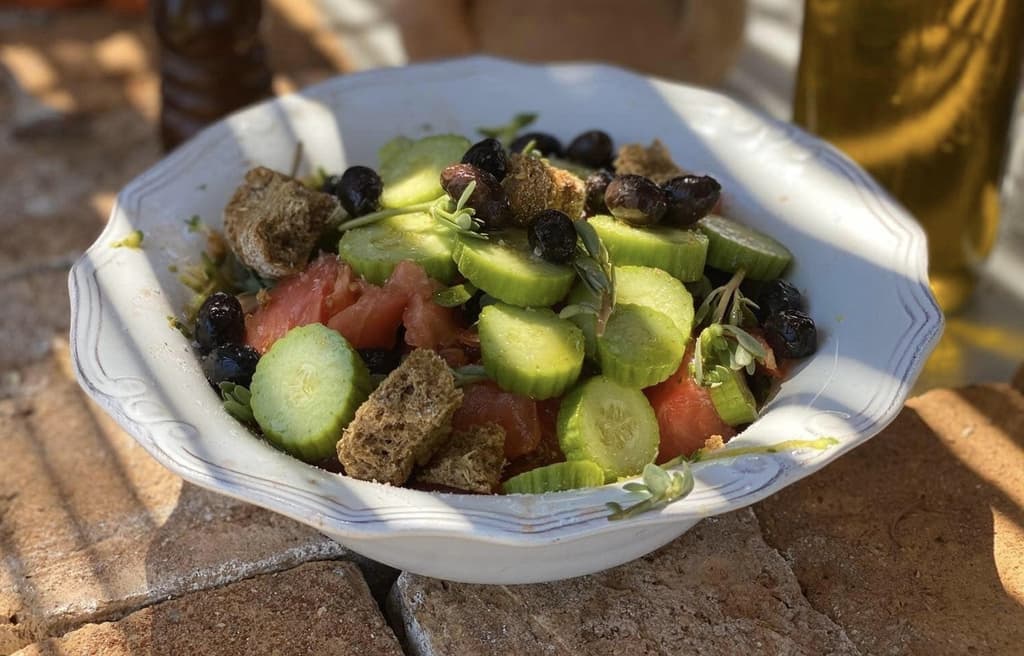
Cretan Greek salad
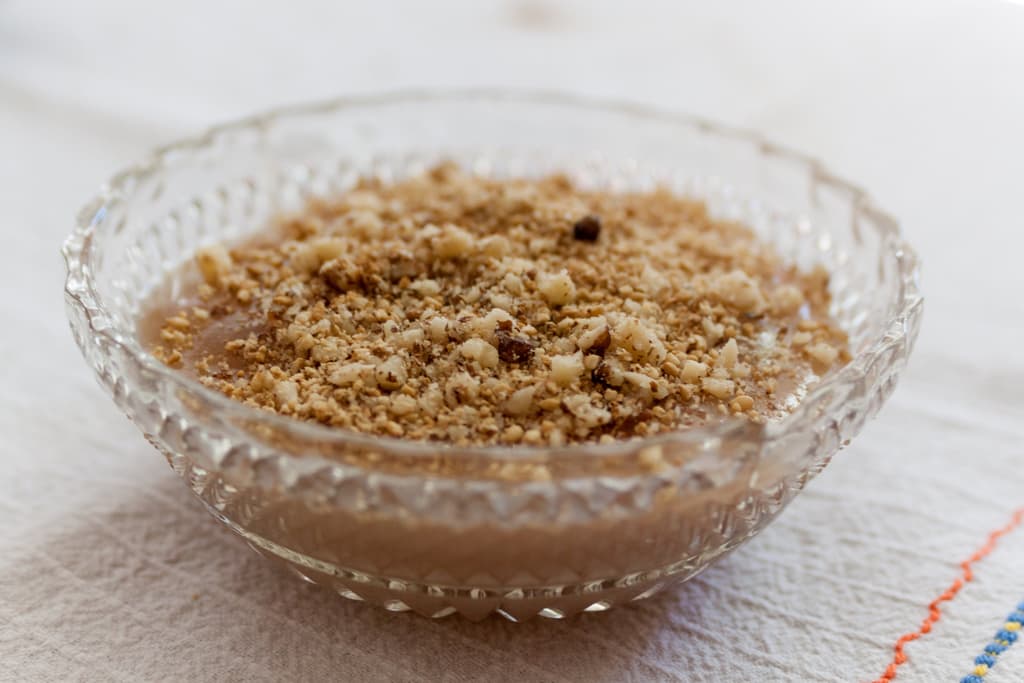
The Sweet Bounty of the Cretan Harvest
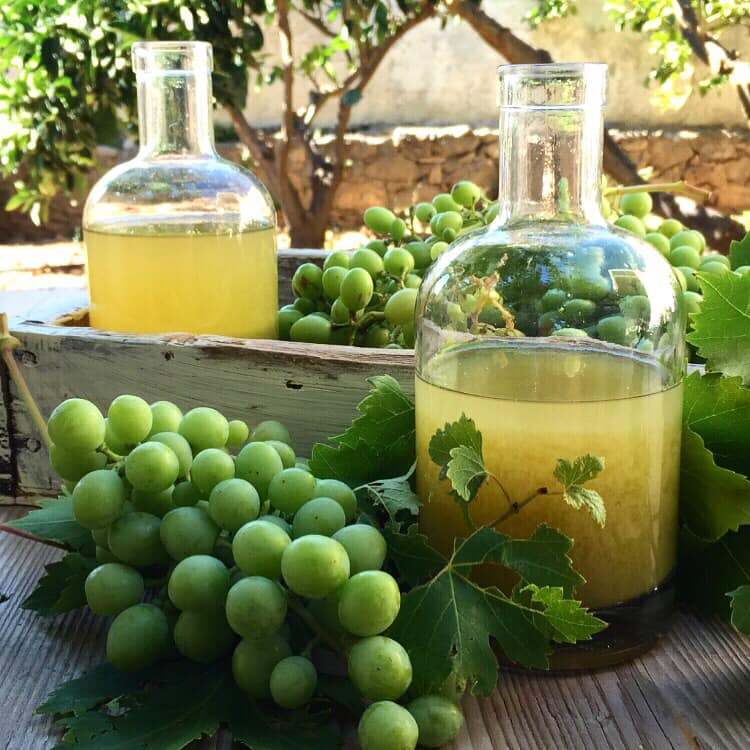
Okra and Unripe Grape
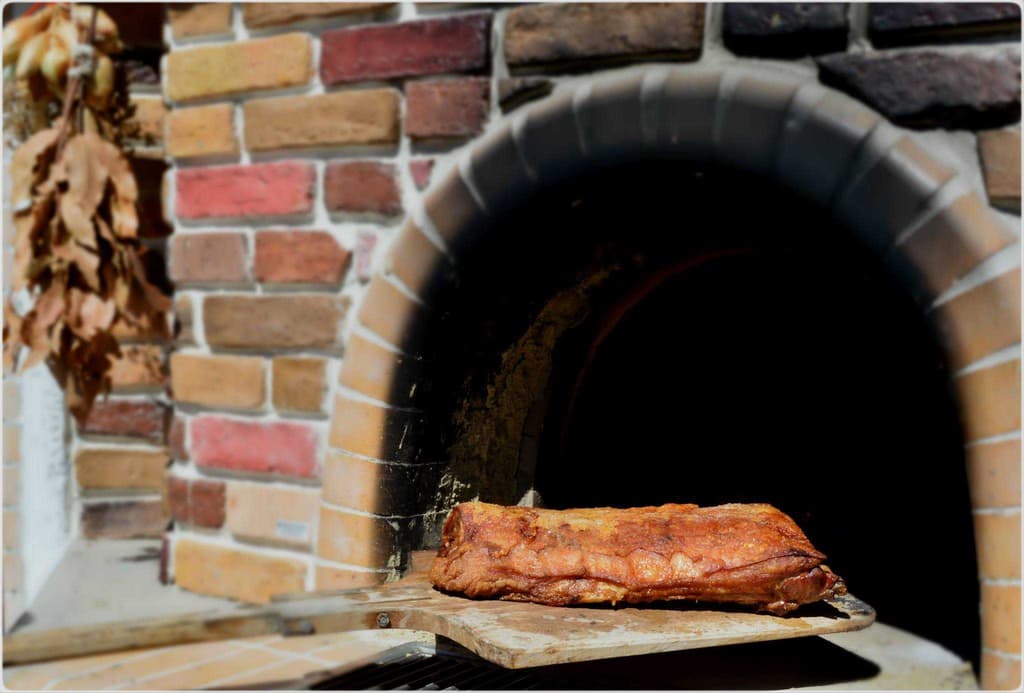
Kapriko
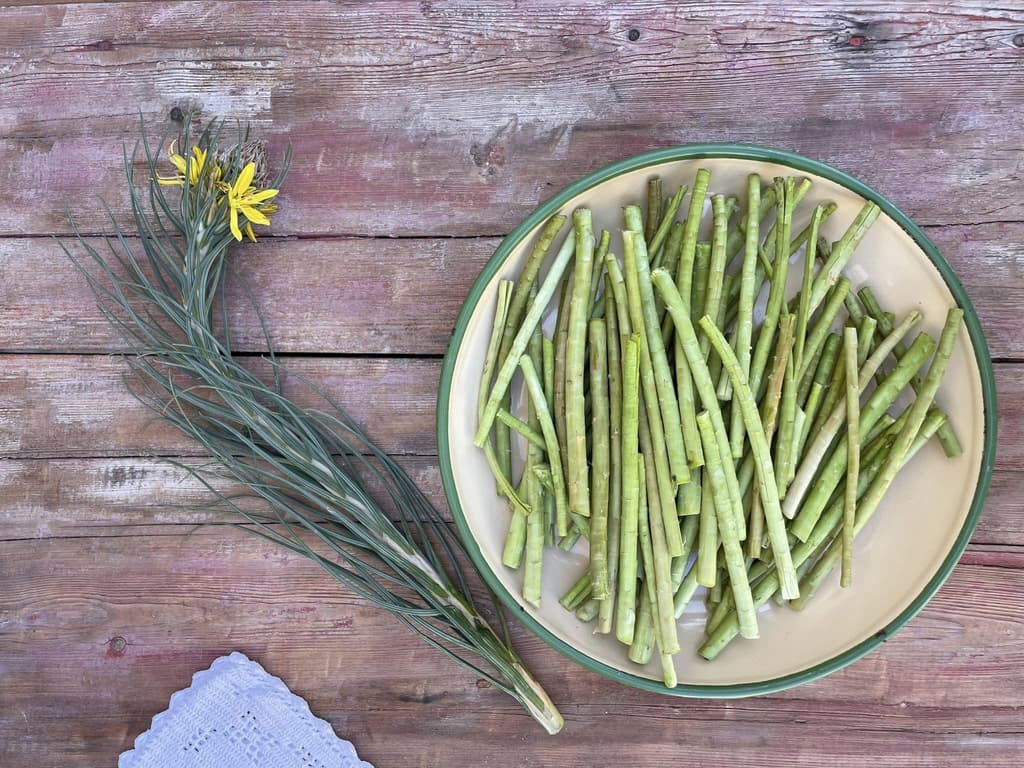
Discovering and Cooking Asphodelaceae: A Taste of Local Cuisine
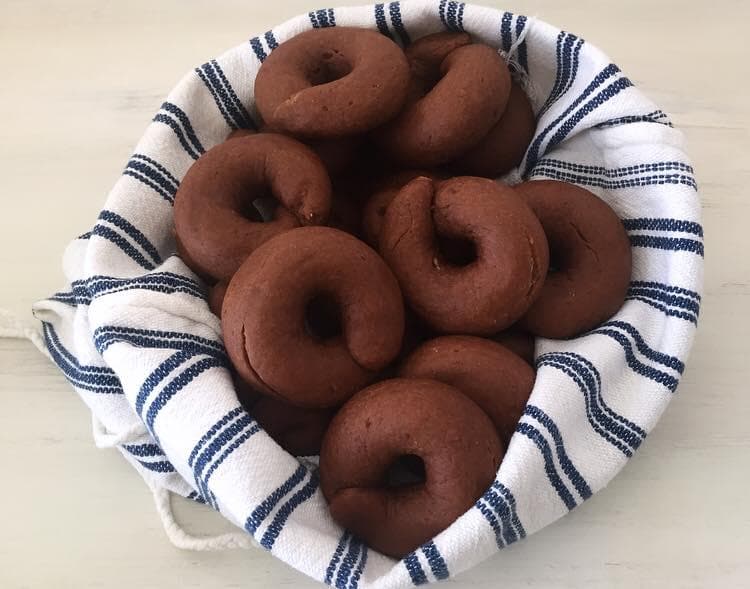
Moustokouloura
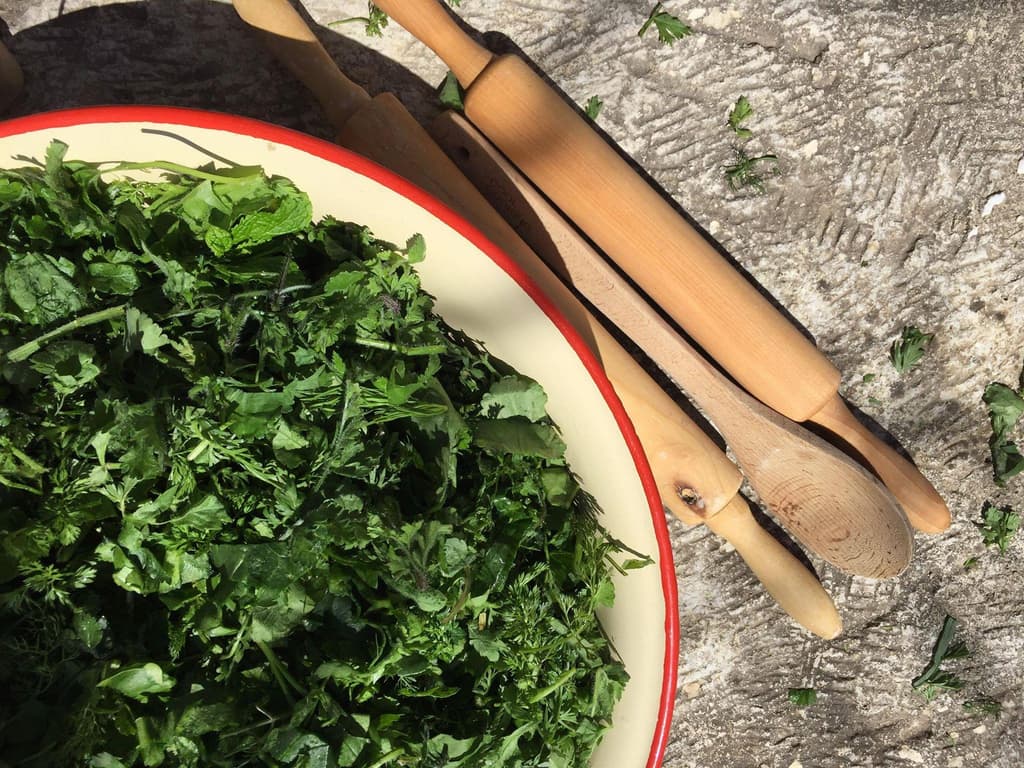
Pie with 'Yachnera' Greens: Baked to Perfection
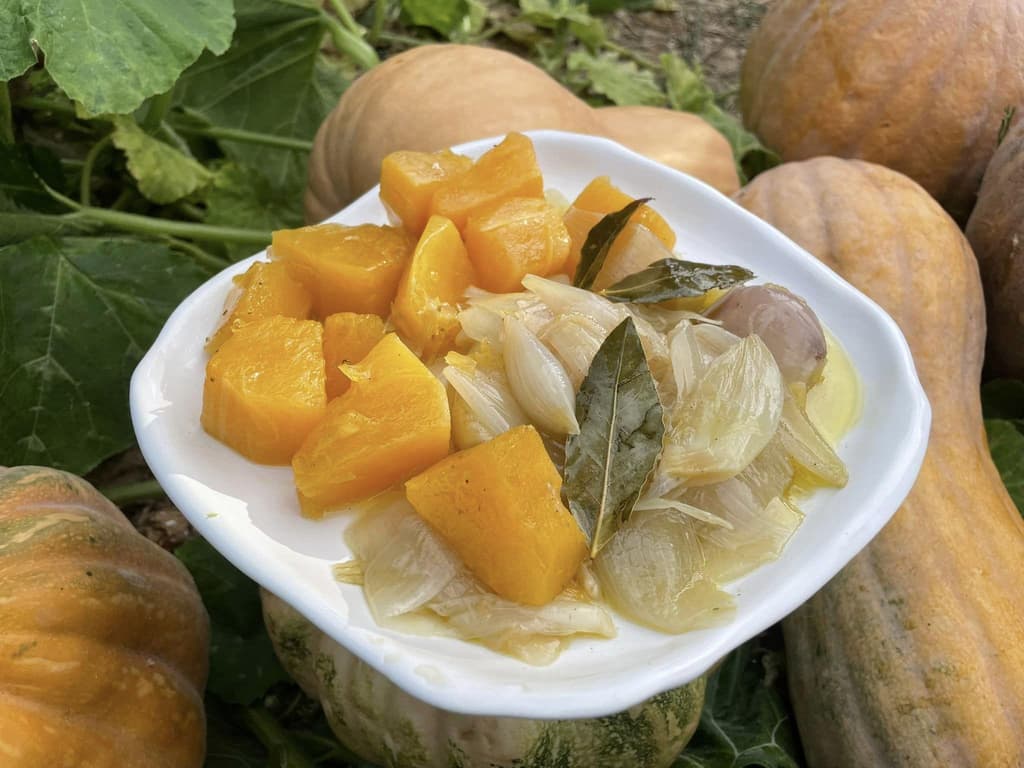
Pumpkin Stifado
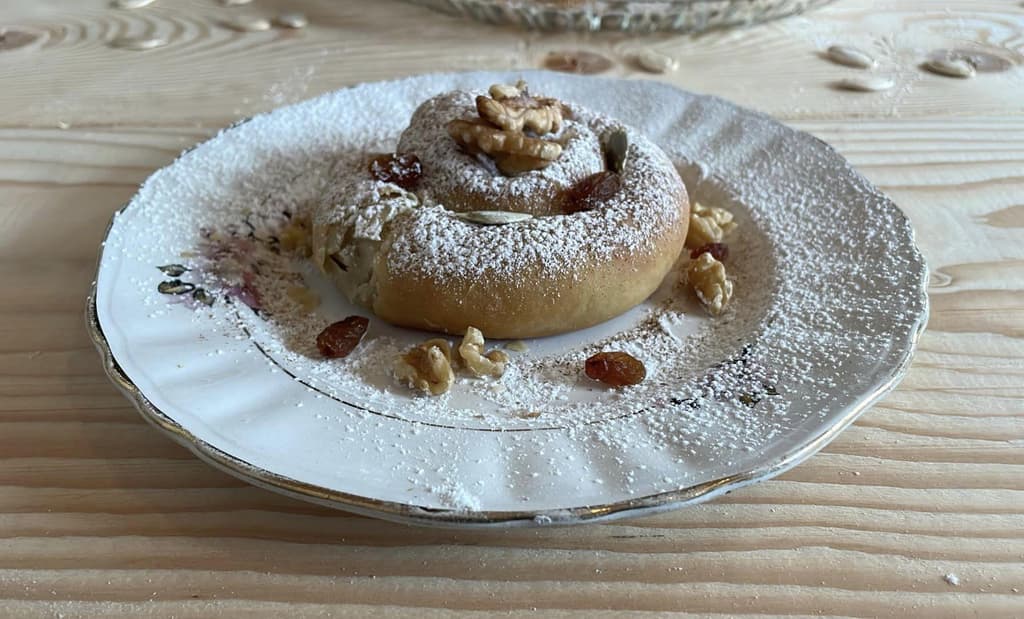
Sweet Pumpkin Pies with Raki Leaves (Oven)
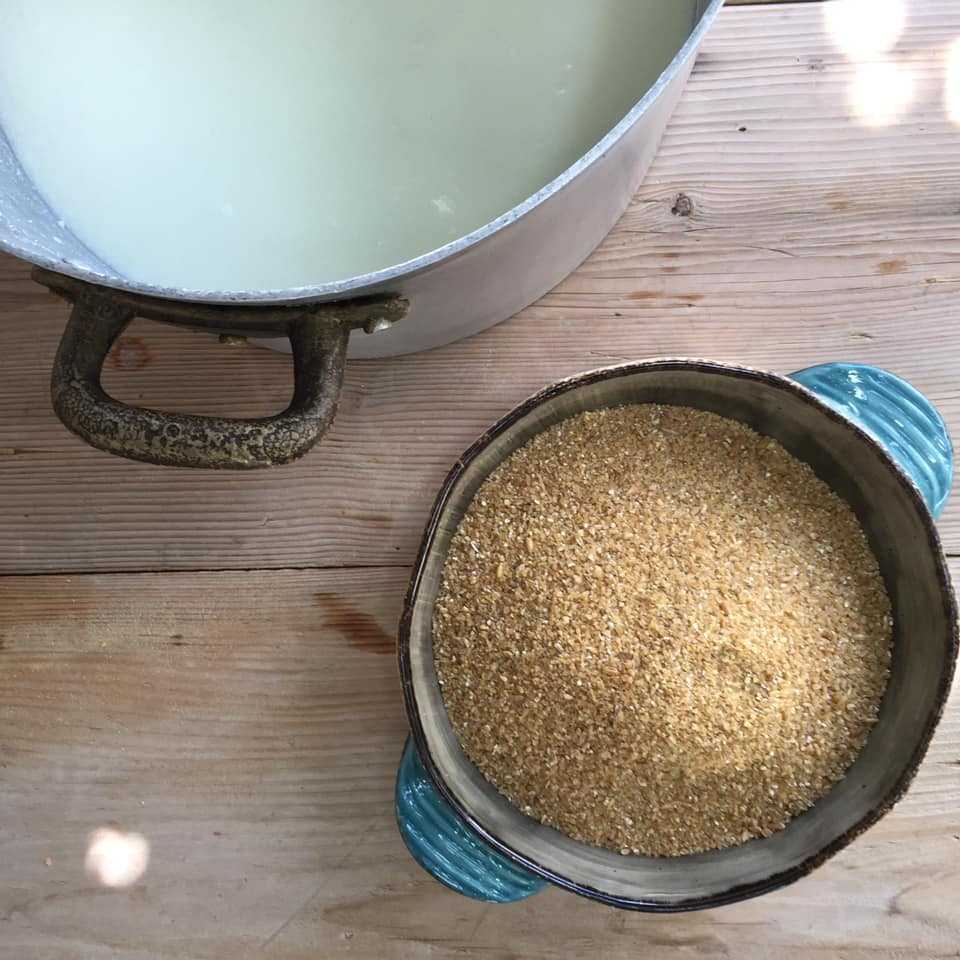
Xinochondros: Sour Bulgur Pasta

Prickly Pear or Indian Fig
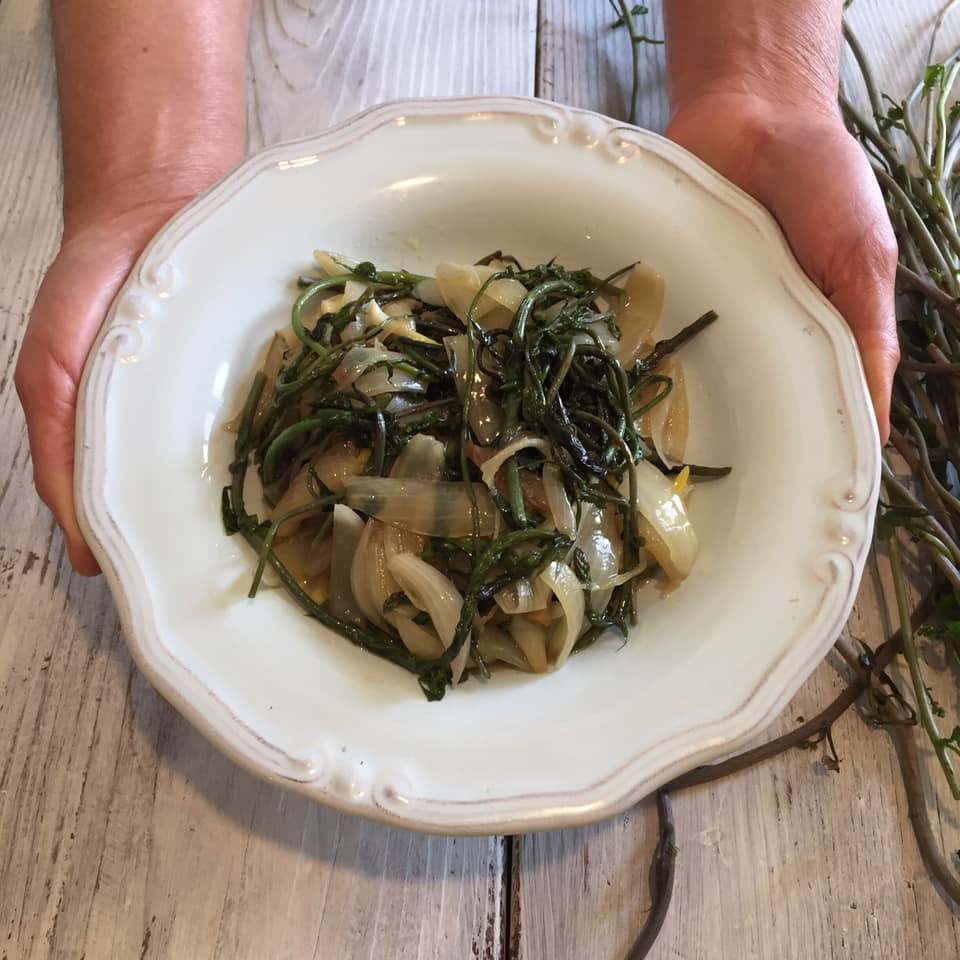
Black Bryony

Tahini Soup without Oil
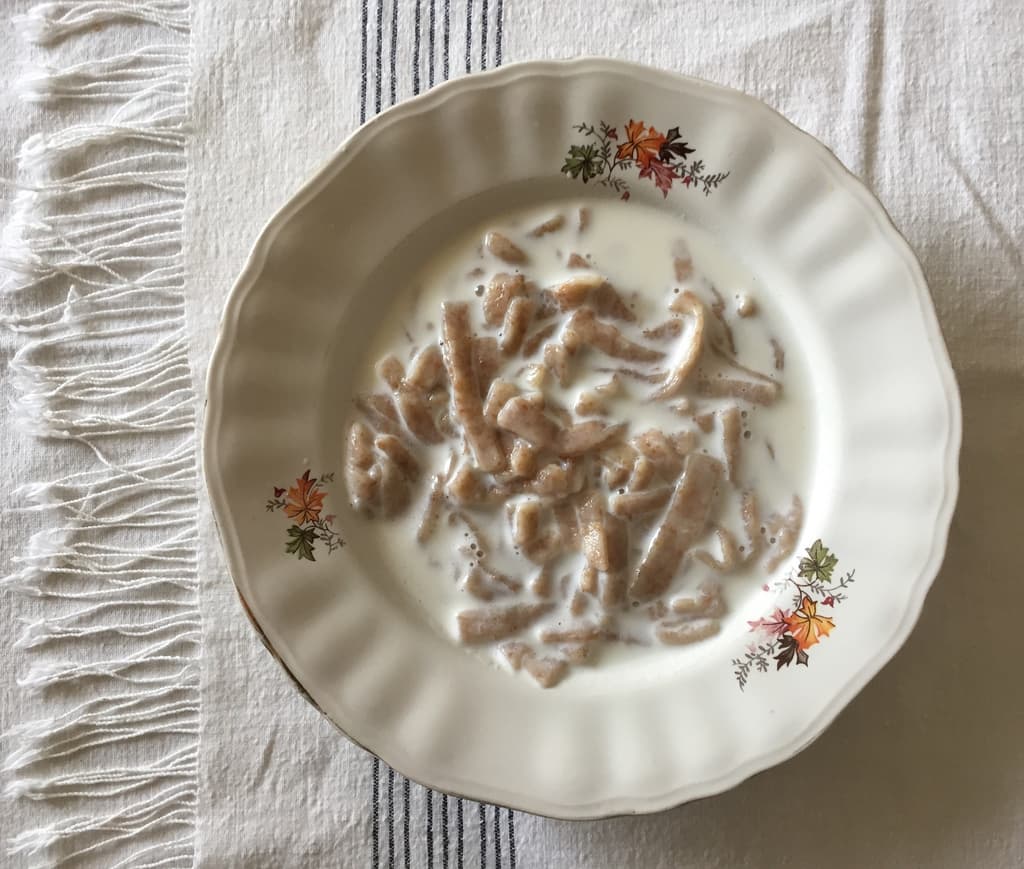
Chylofta with Milk
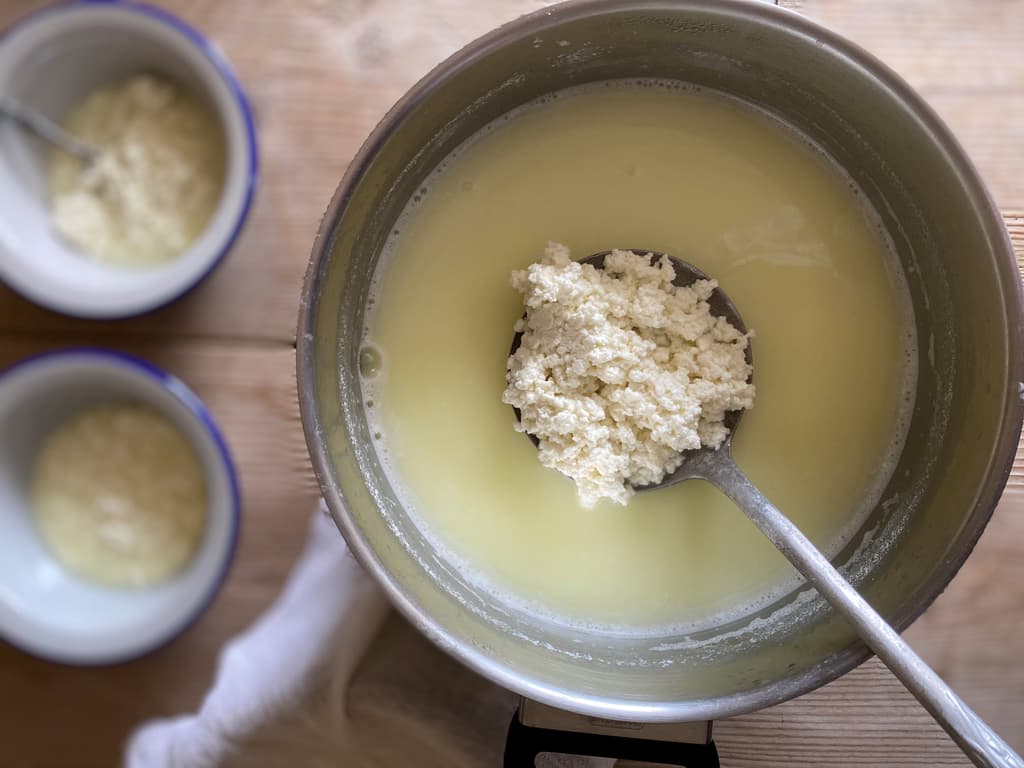
Tyrozouli or Cretan Home Cheese
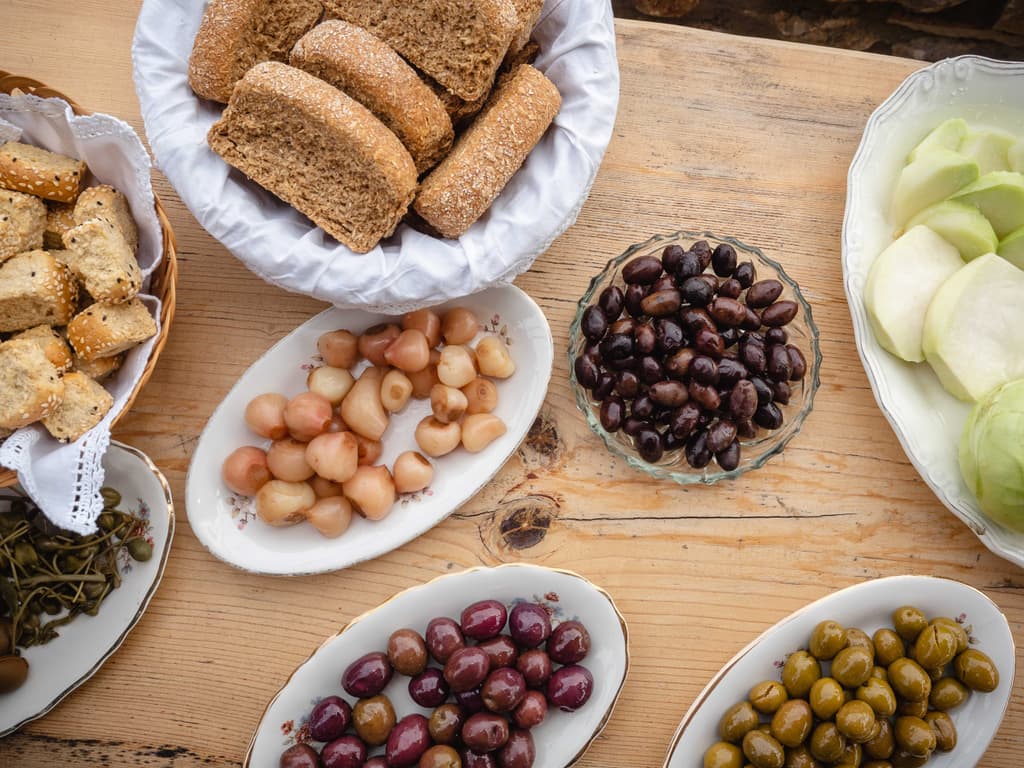
Pickled Tassel Hyacinth

Sourdough Dagoulakia
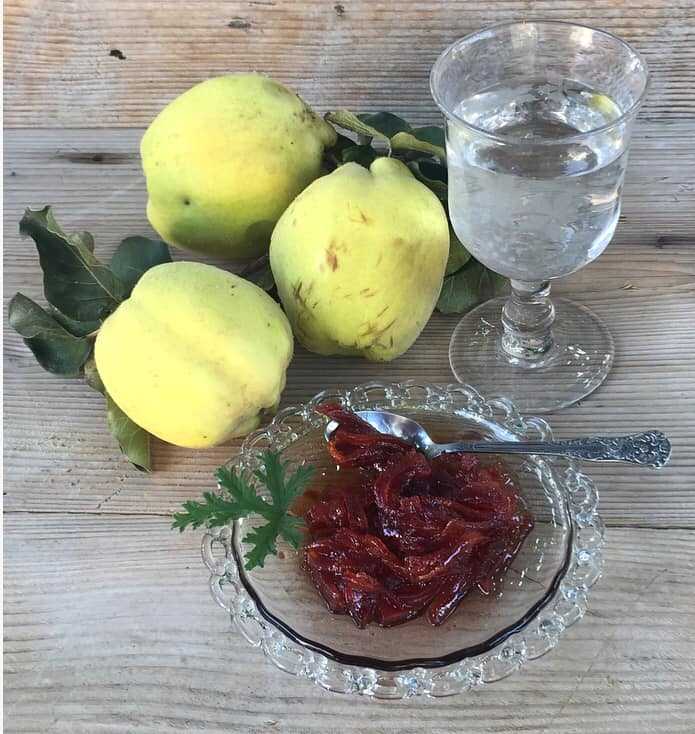
Quince Confection

Delicious Homemade Treat with Lemon Blossoms
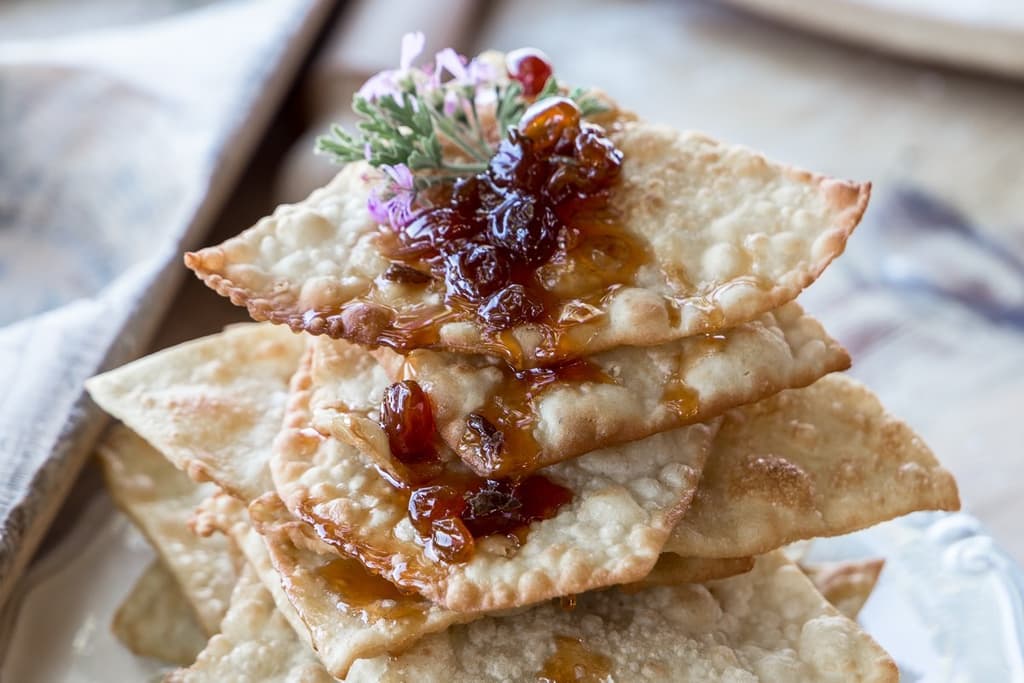
Tiganopites: Greek Fried Pies

Dietary Practices in 17th Century Crete
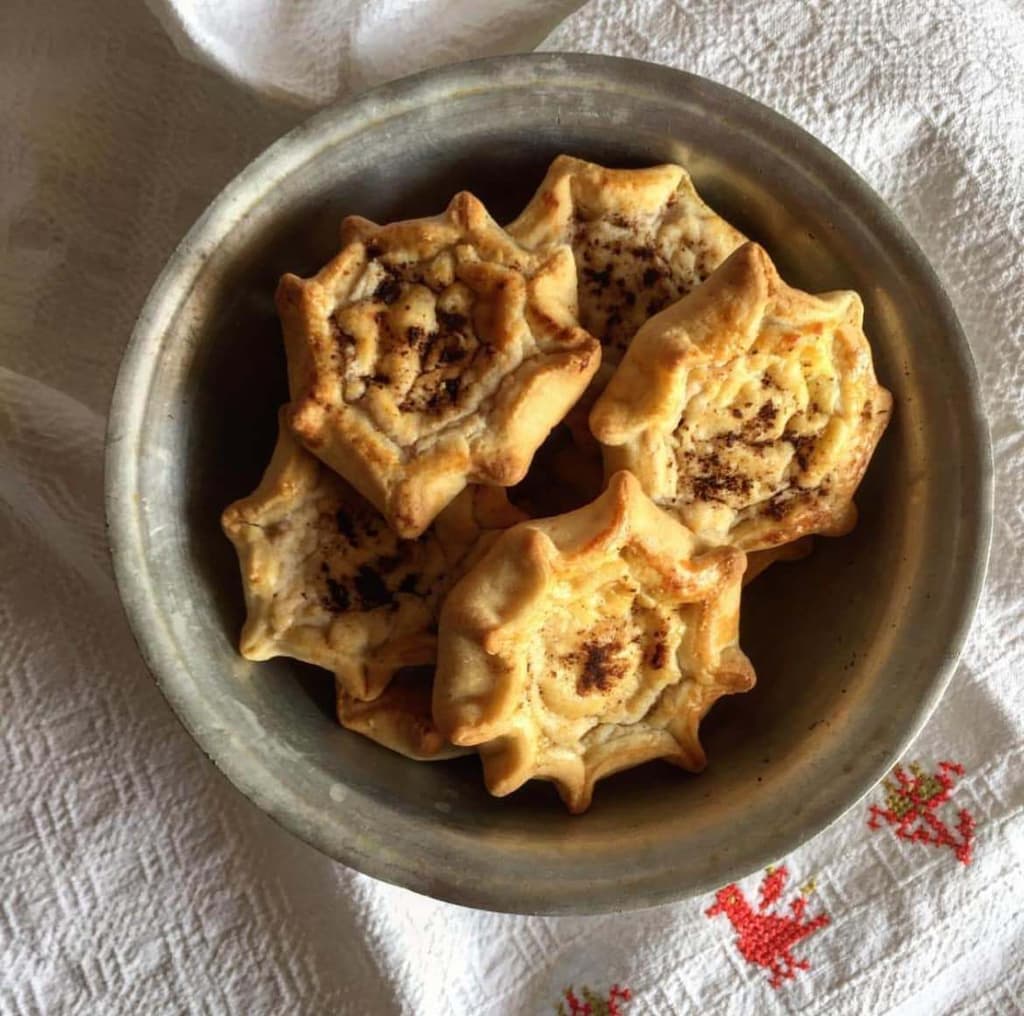
Lychnarakia
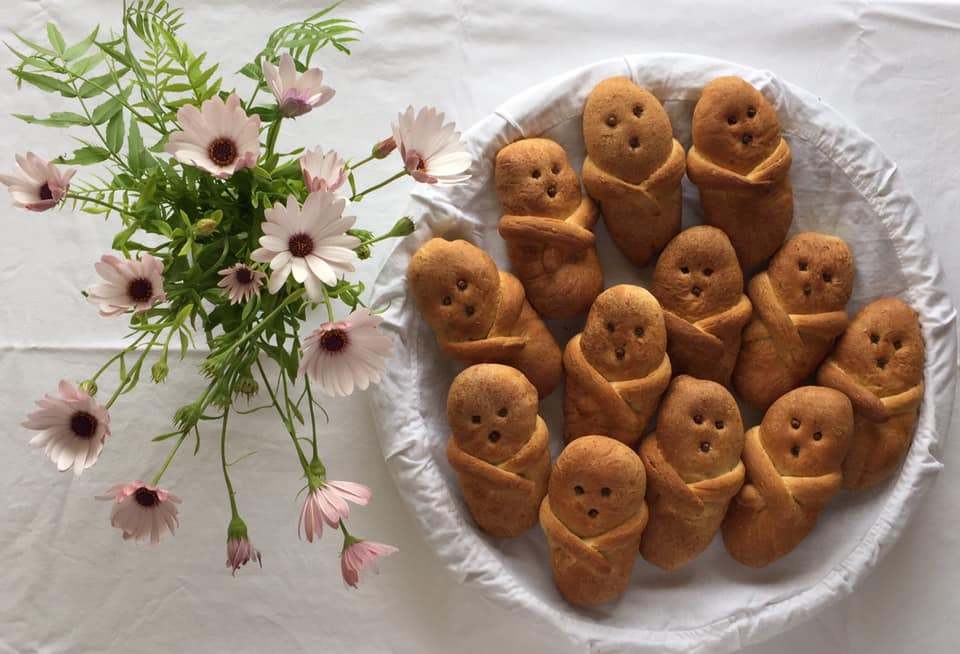
Lazarakia
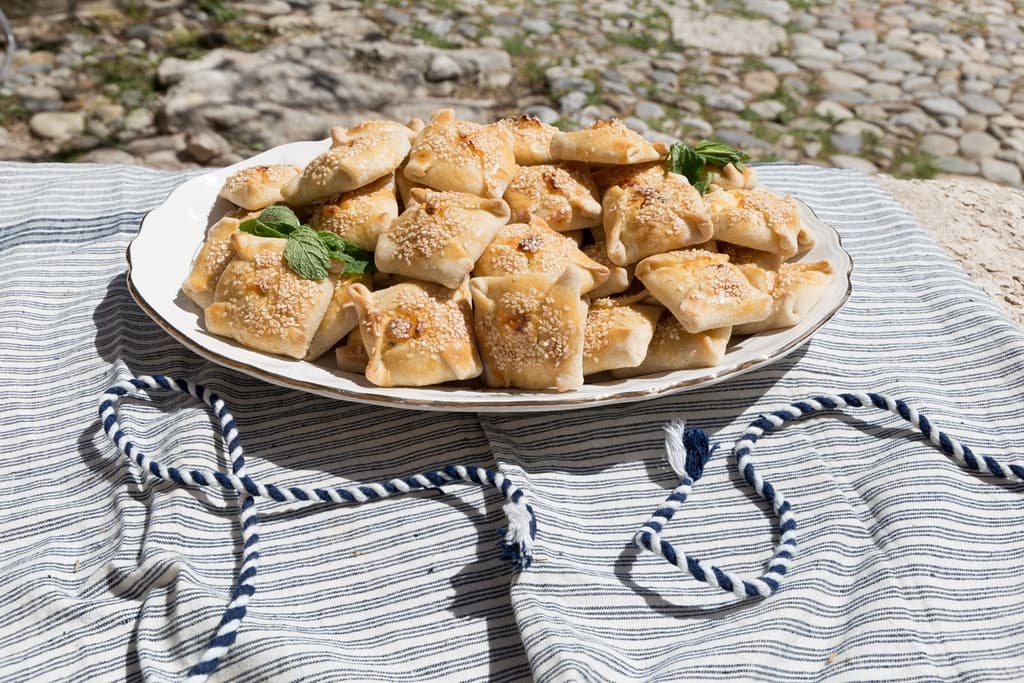
Kalitsounia from Chania
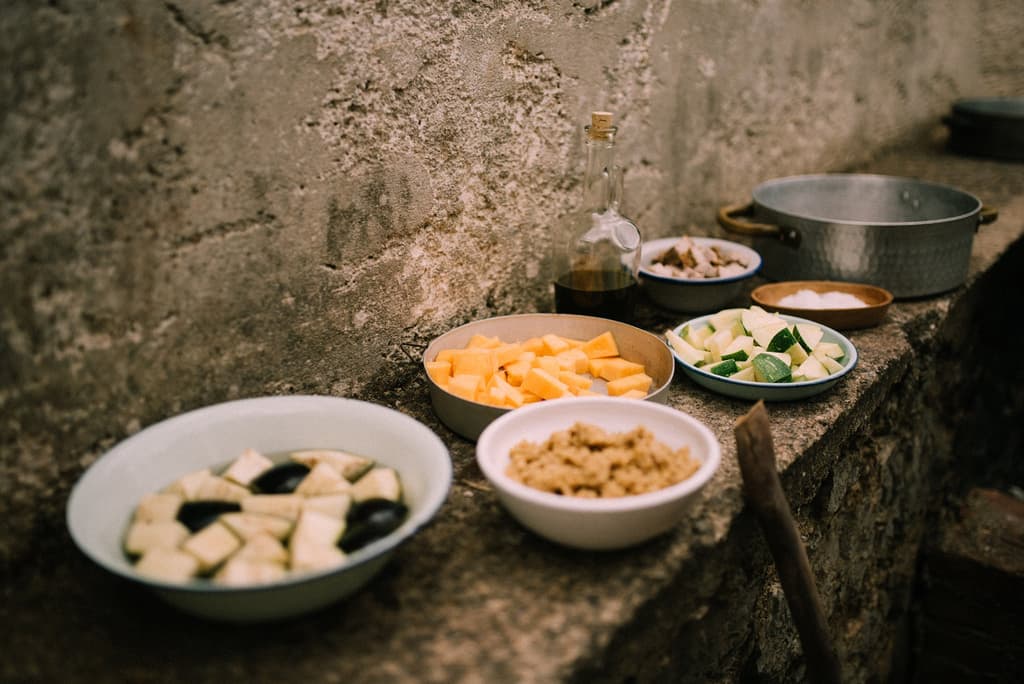
Apaki with Xinohondros and Vegetables
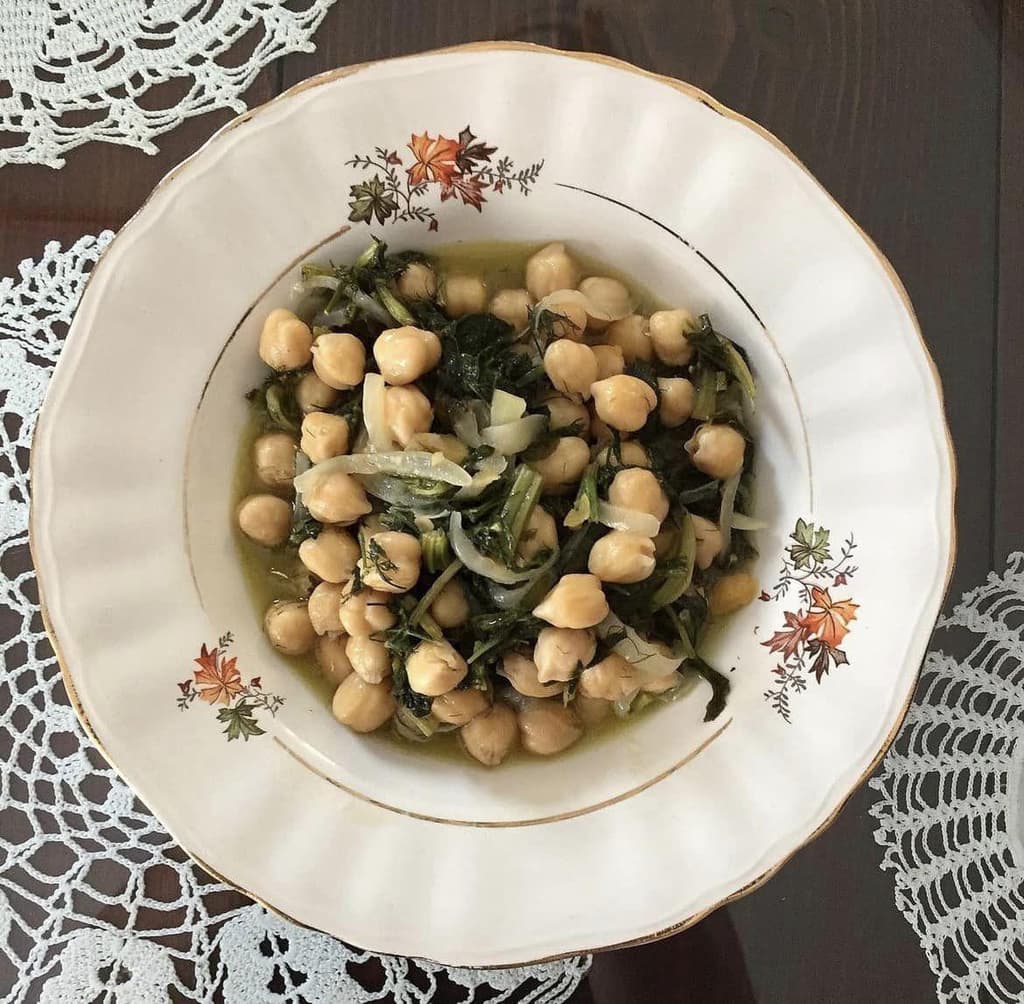
Chickpeas with Yachnera: A Delightful Dish
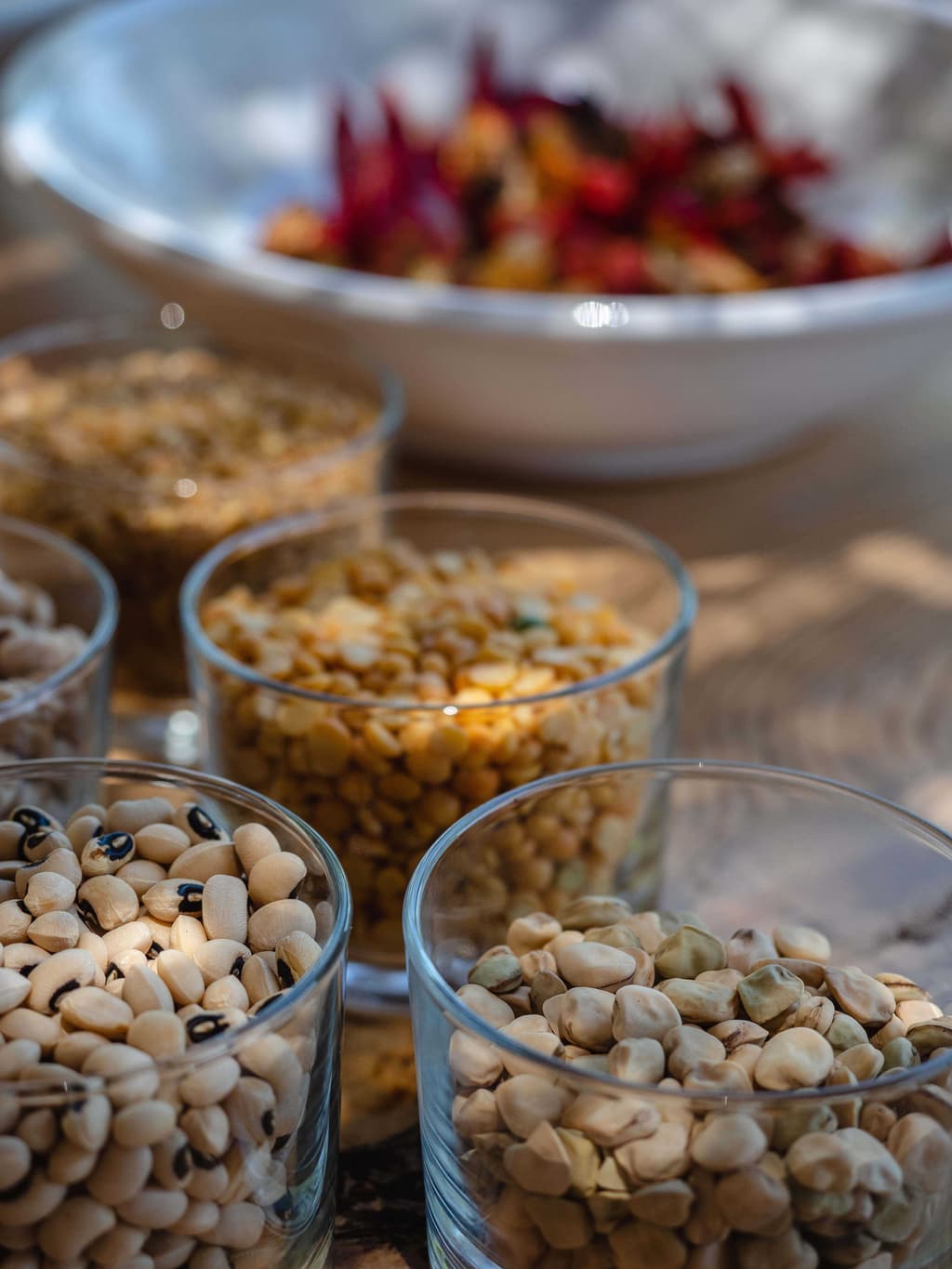
Fotokollyva
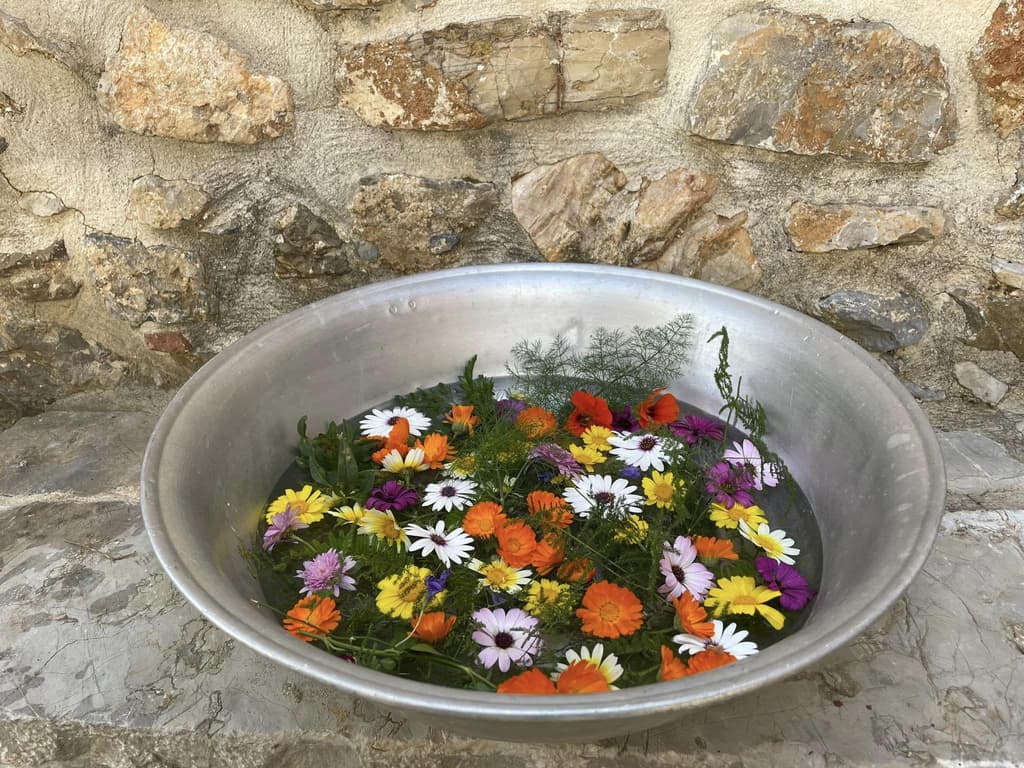
Dyeing Easter Eggs with Madder Root and Flower Blossoms
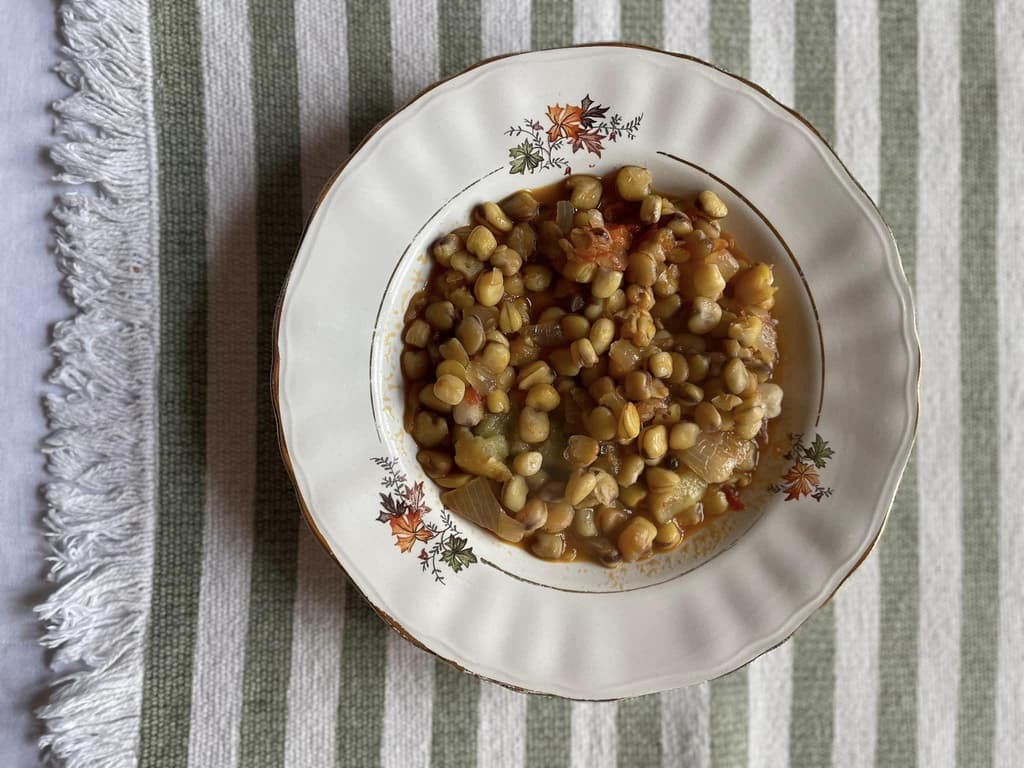
Biza or Manarolia Stew with Eggplants
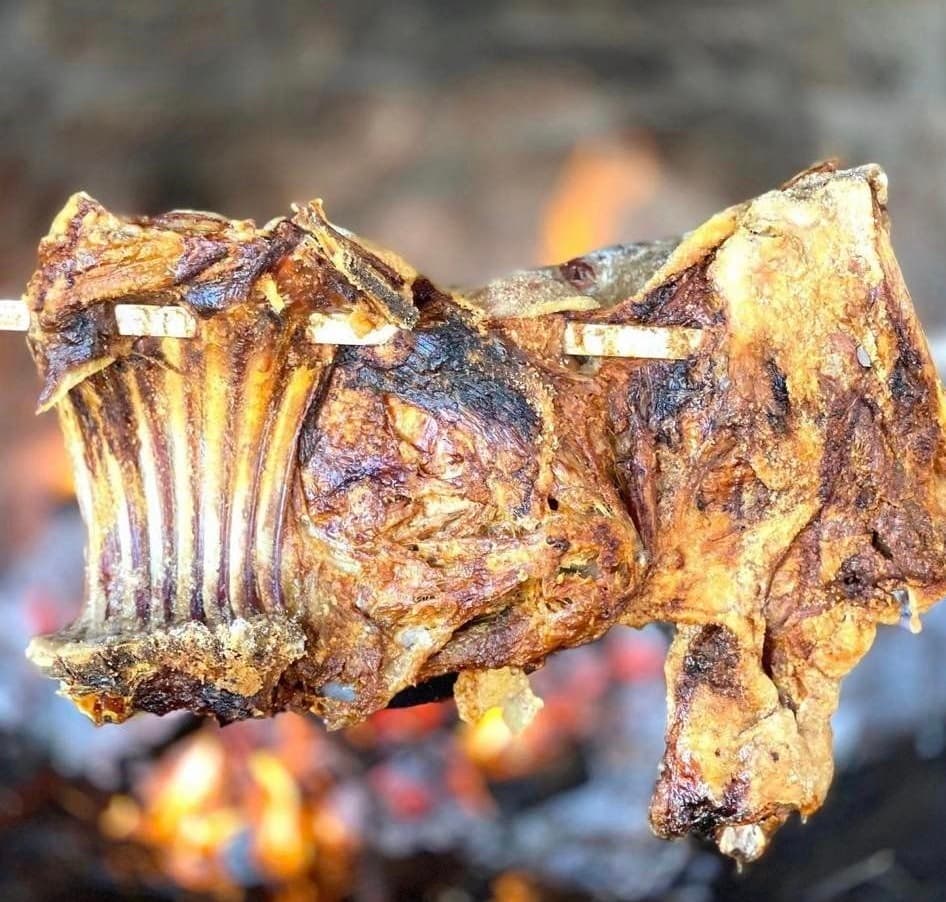
Antikristo or "Ofto" Meat
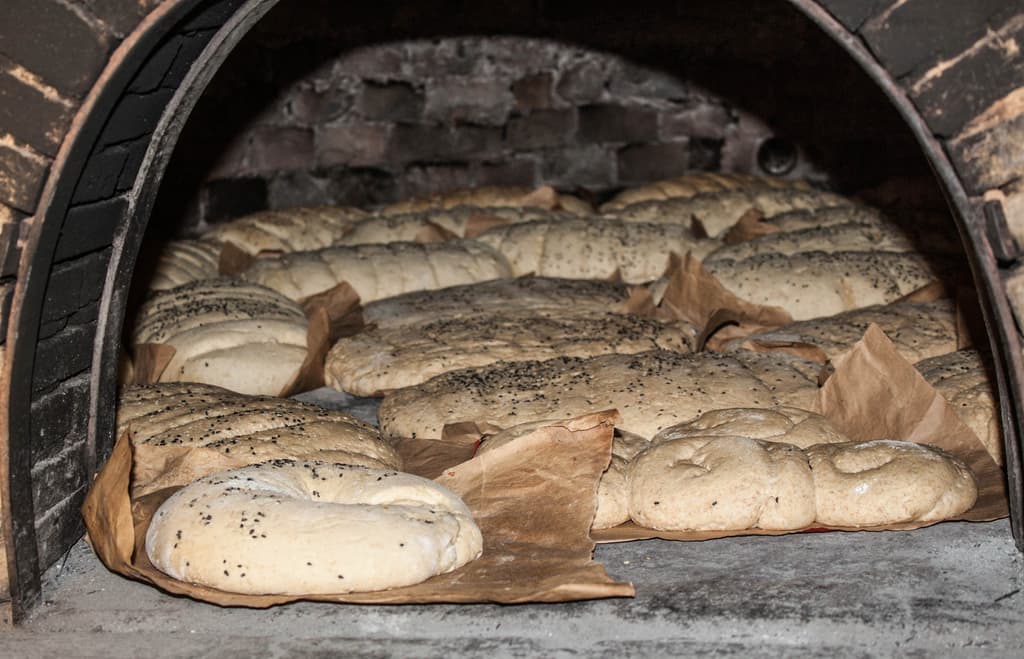
Eftazymo Bread
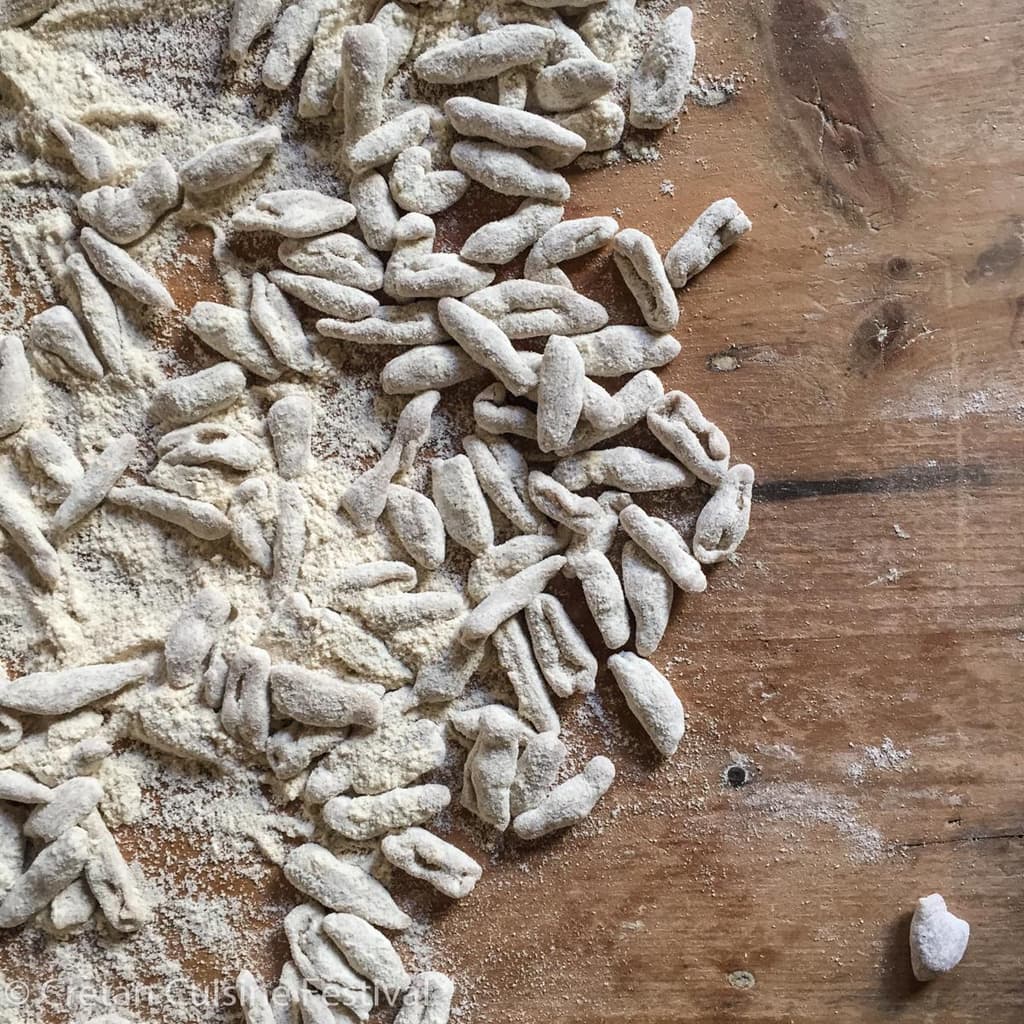
Skioufichta Macarounia
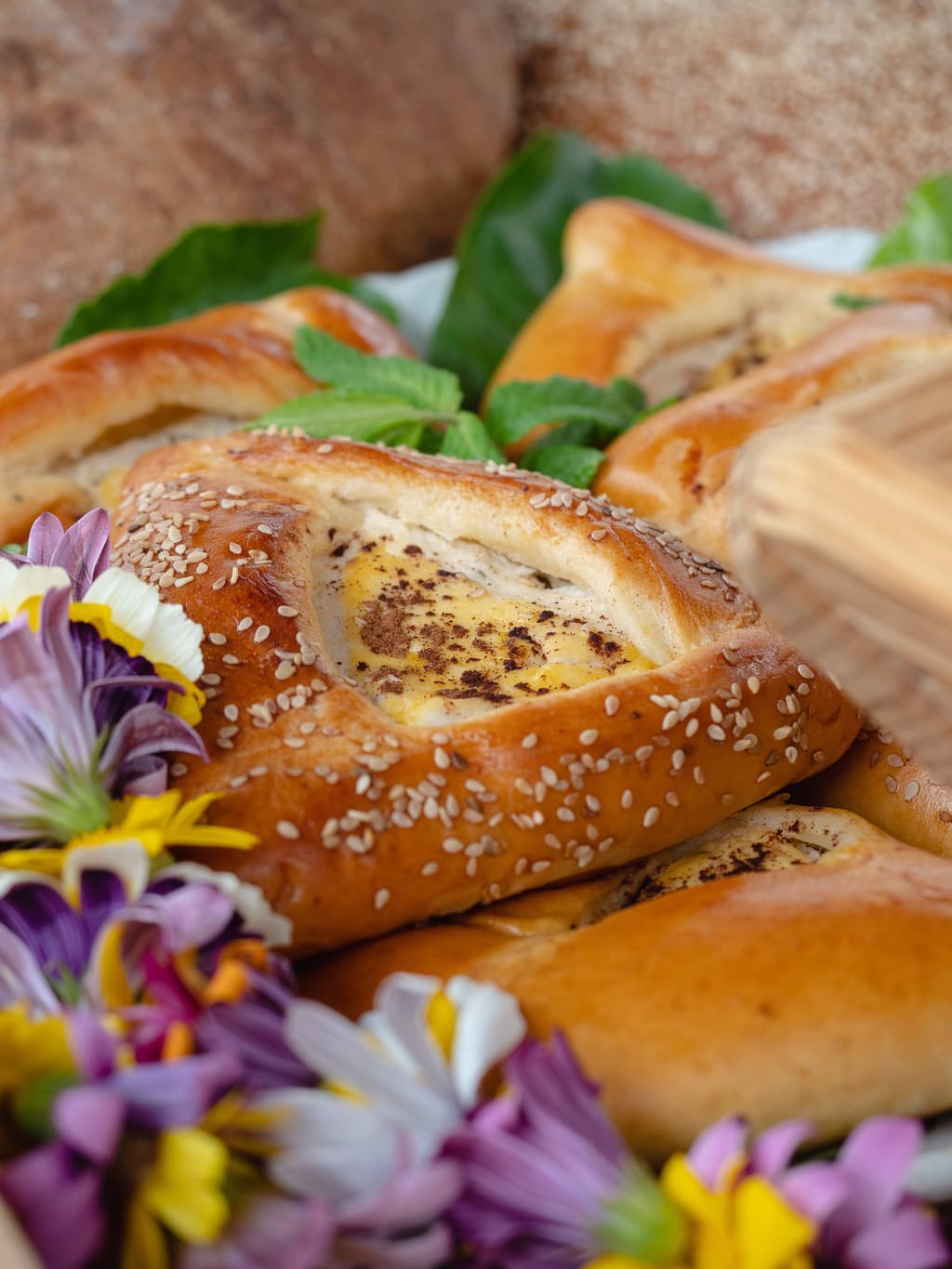
Anevata Kalitsounia
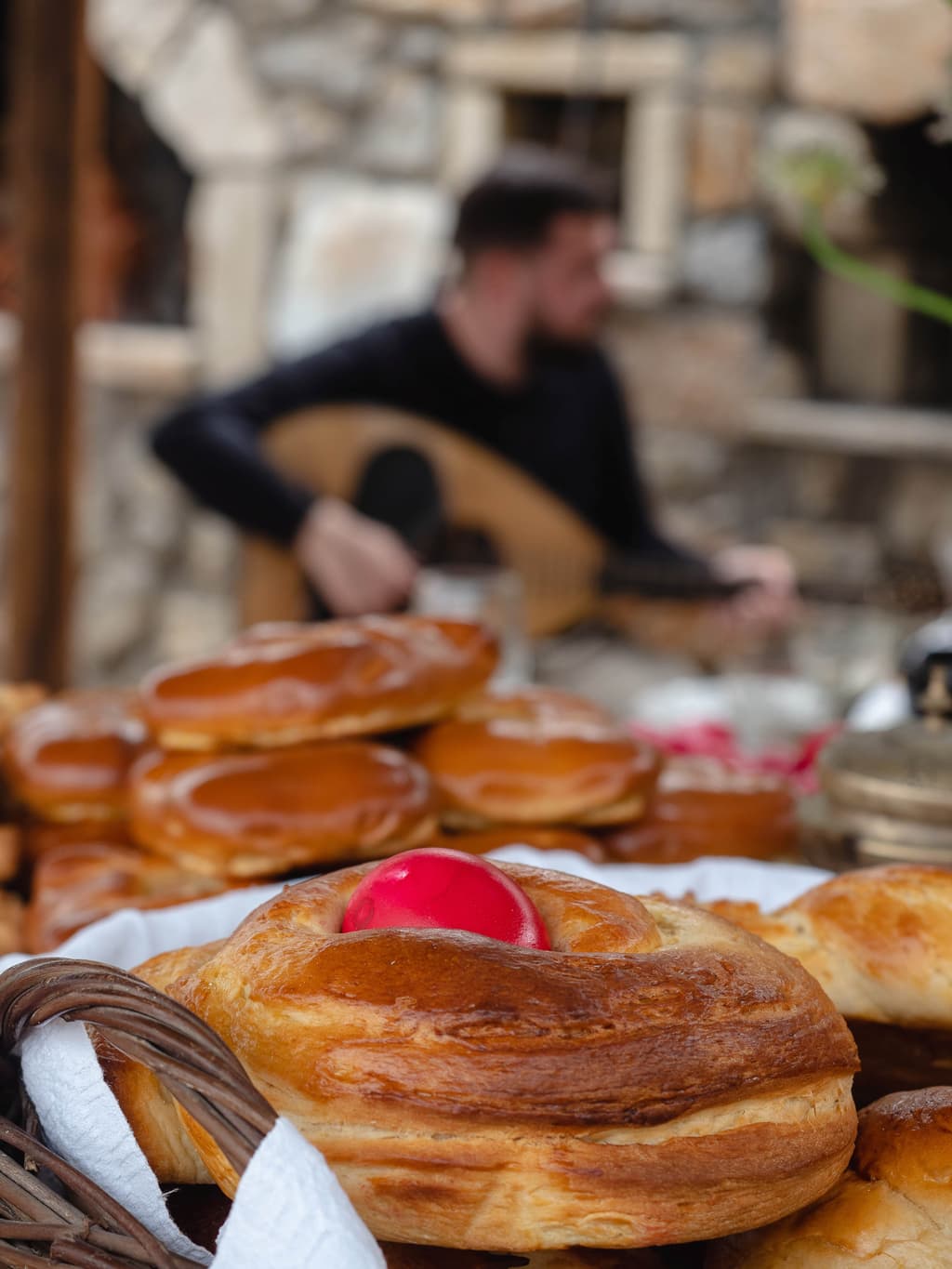
Galatera
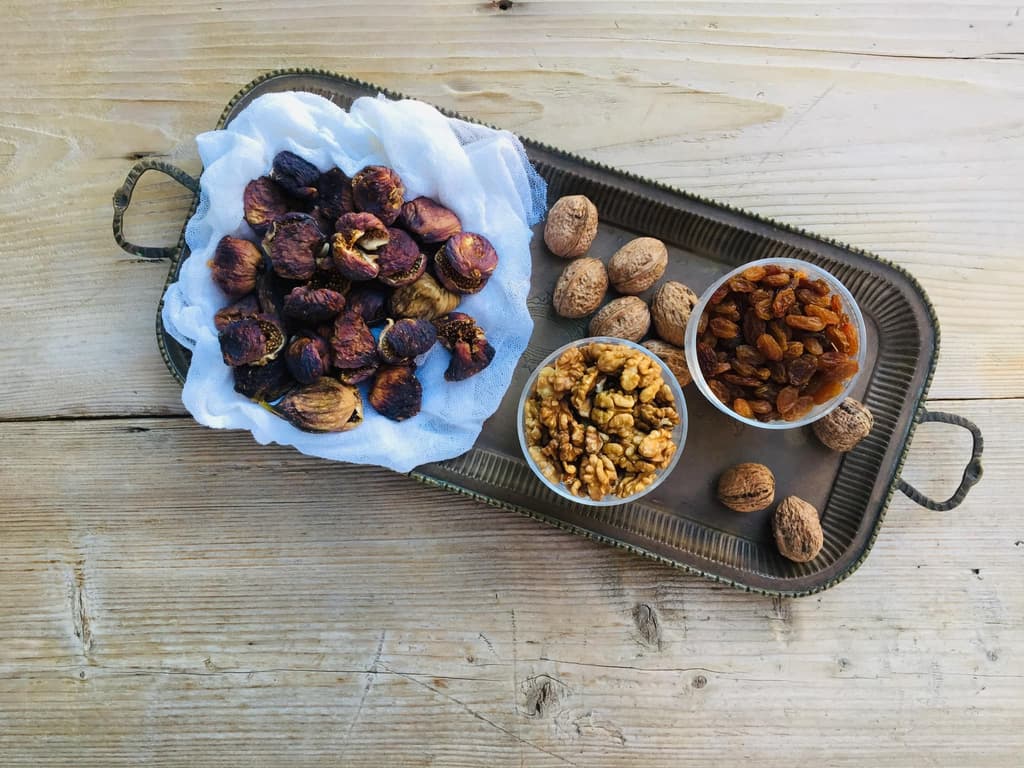
Sykomarides
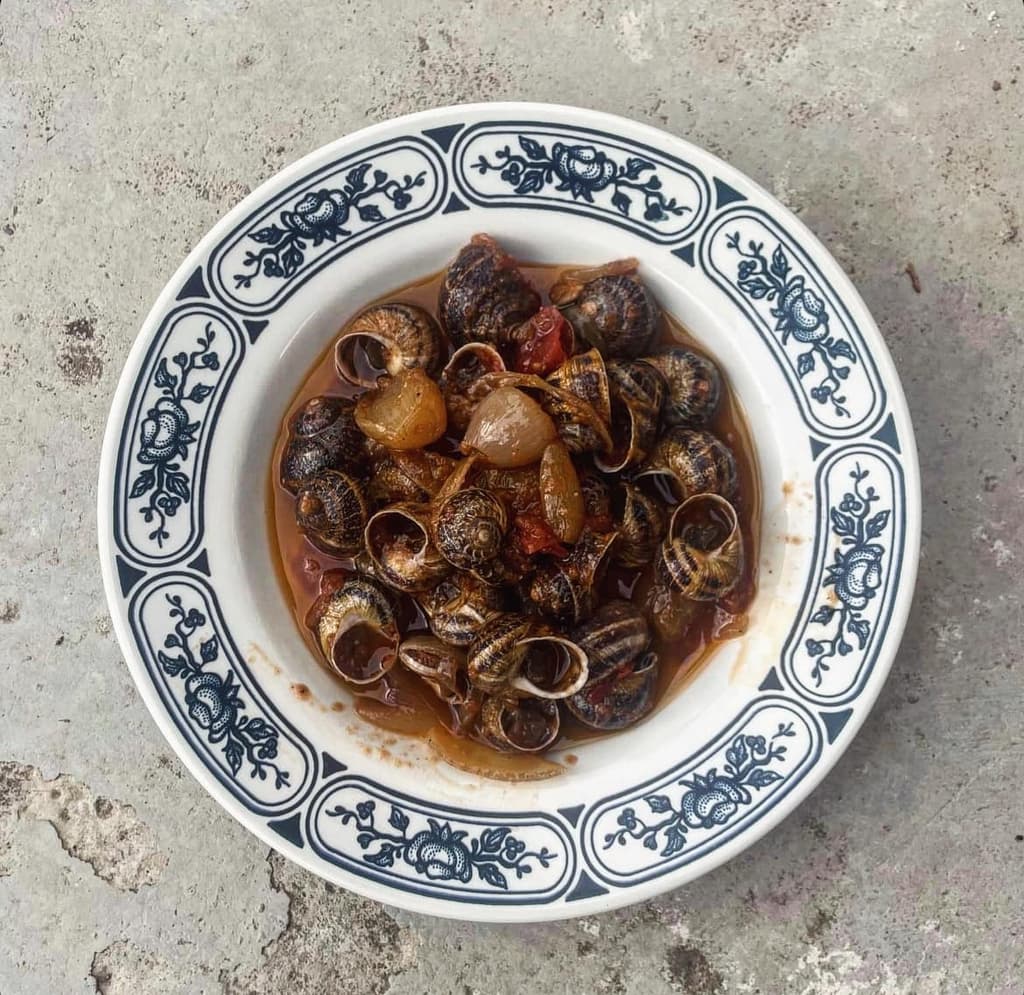
Snails Stifado

Poppy Pies (Paparounopites)

Beetroot Salad
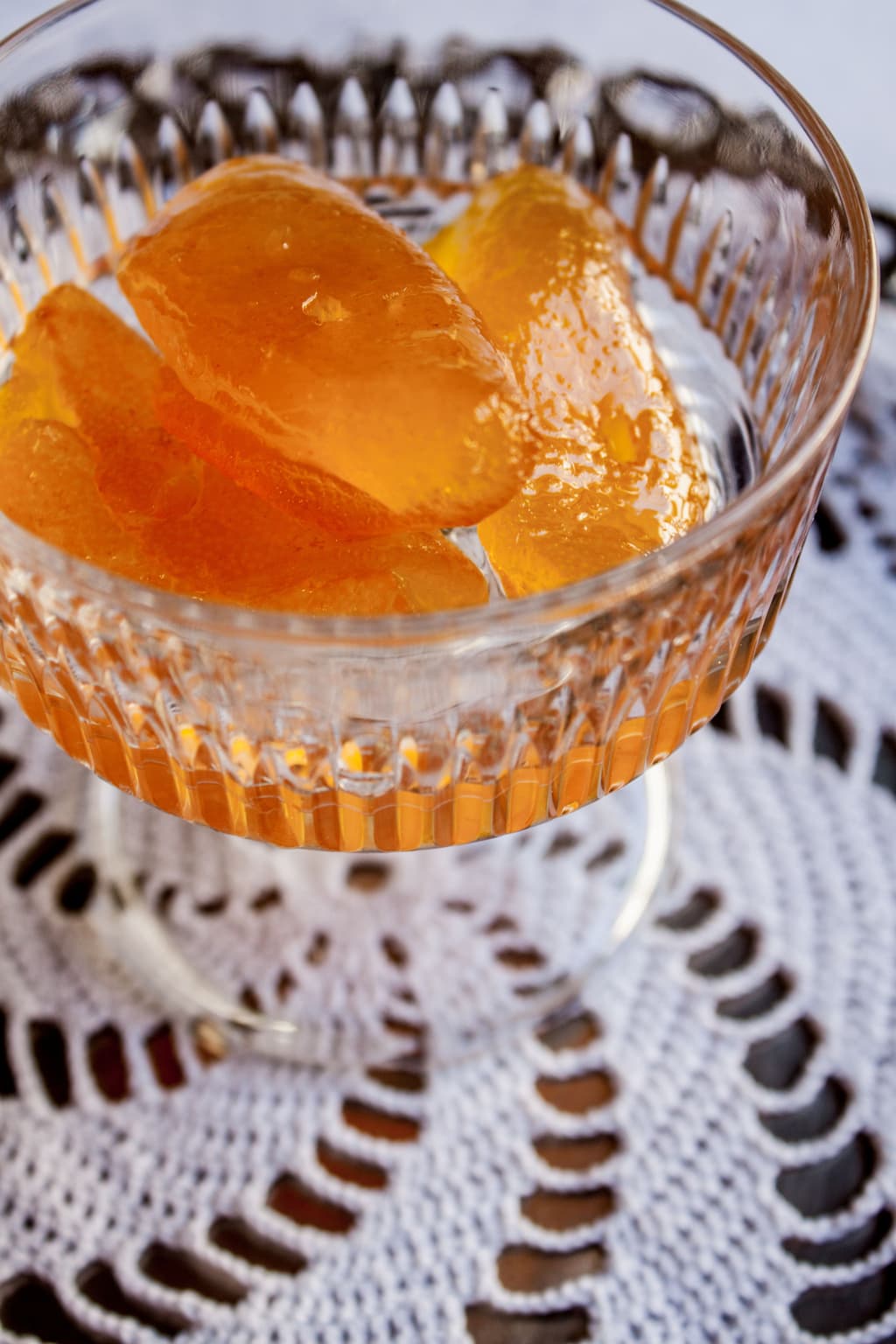
Bitter Orange Spoon Sweet (Nerantzi)
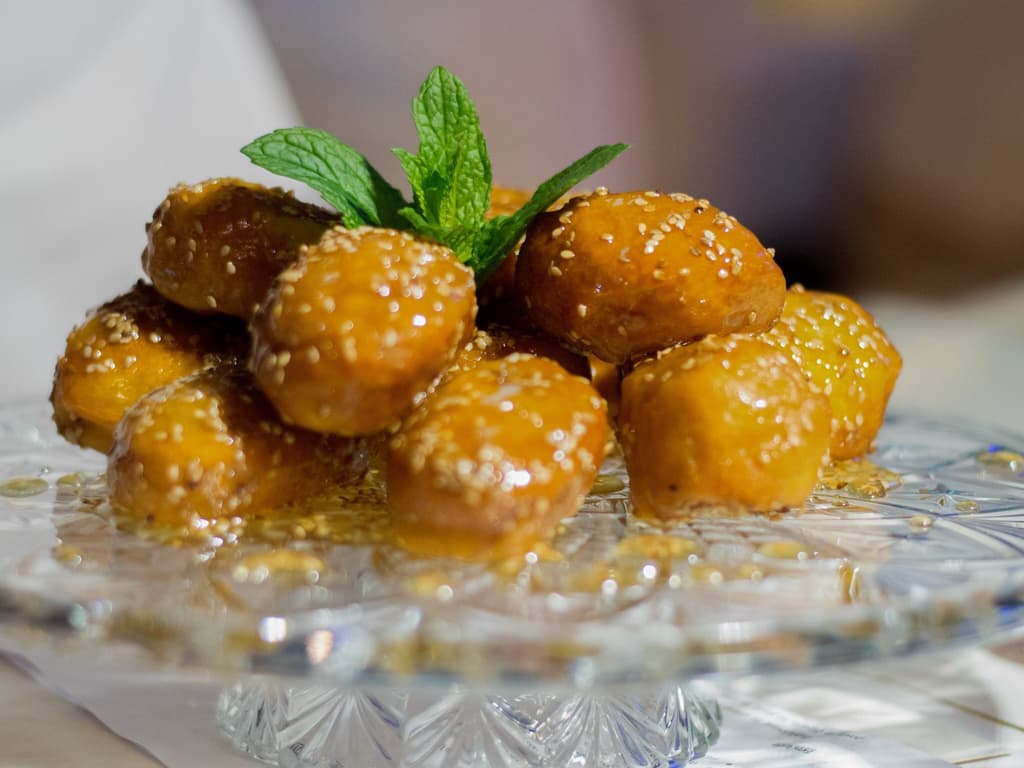
Loukoumia or Koubania
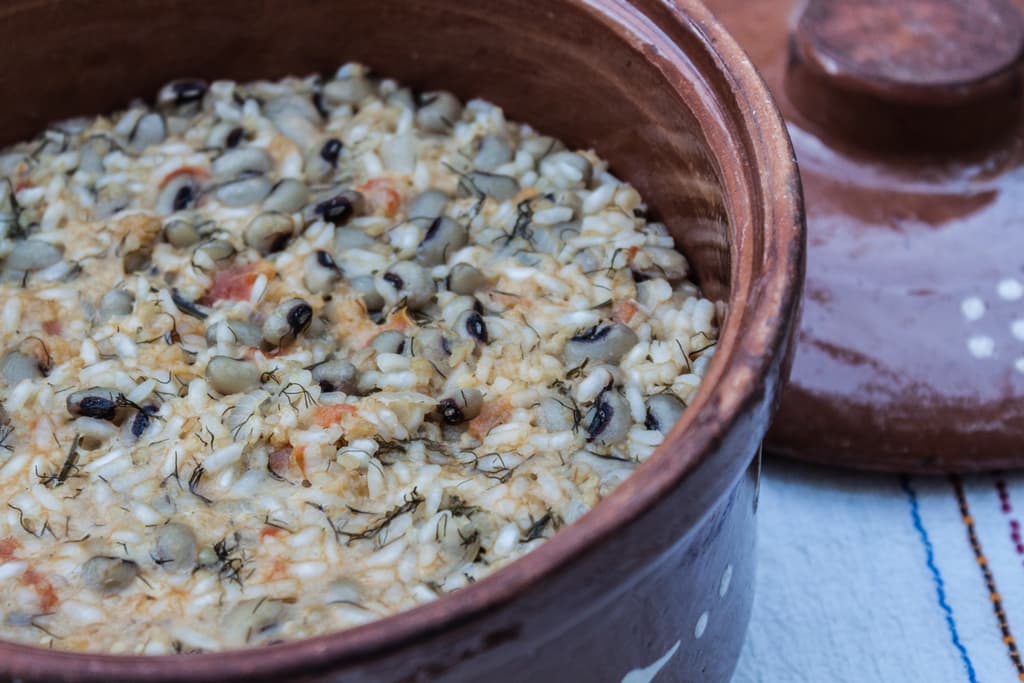
Fasouloryzo

Pumpkin-Filled Pitarakia

Biza or Manarolia Stew with Eggplants

Salted Cod with Bitter Orange Sauce
